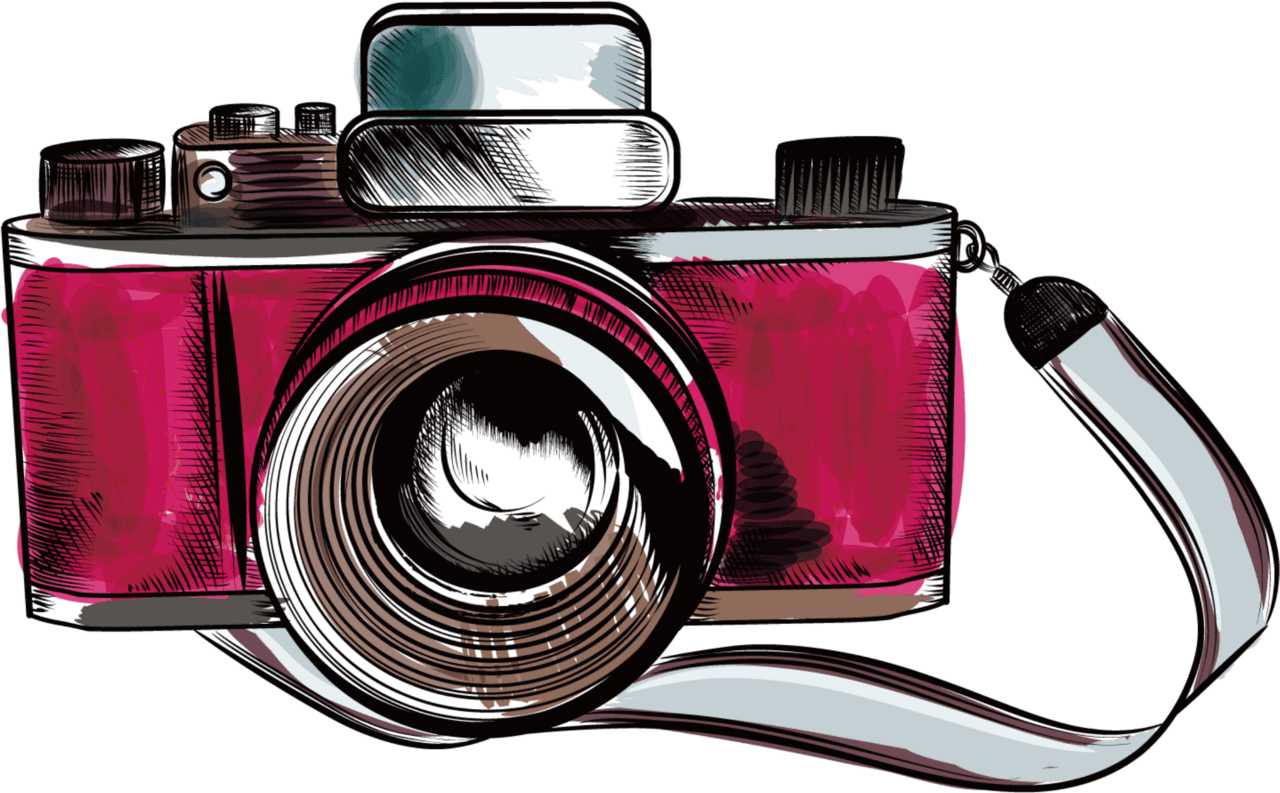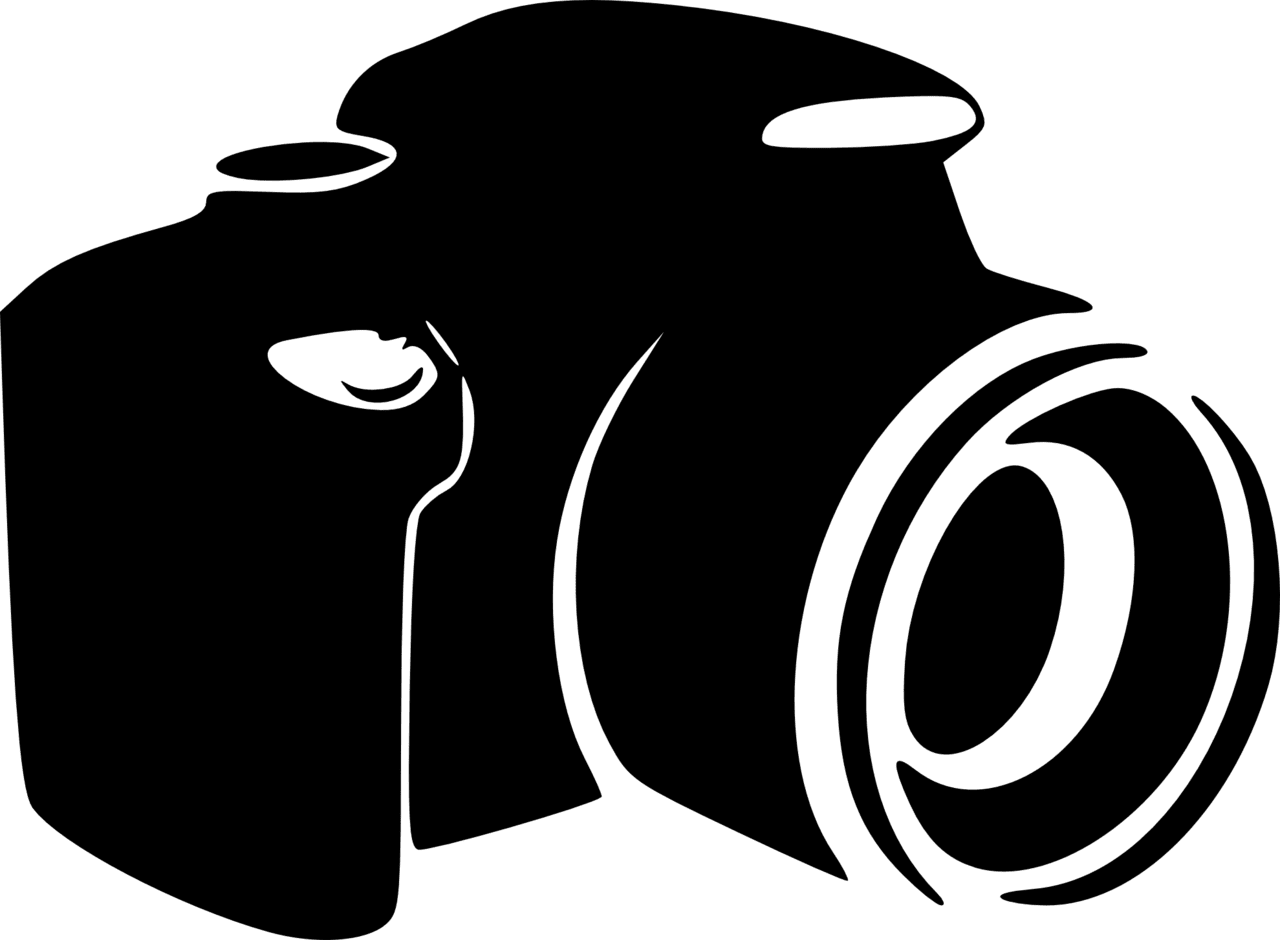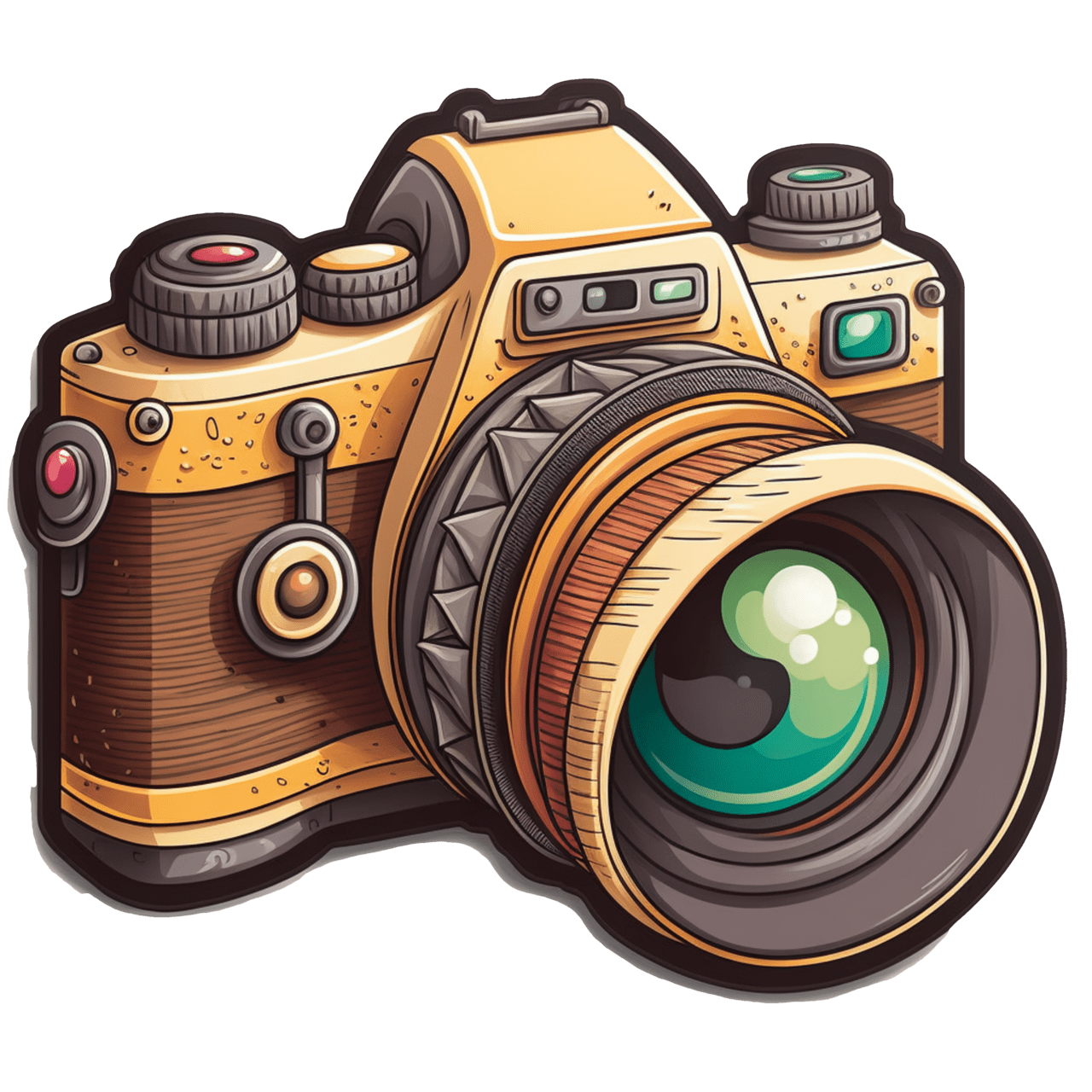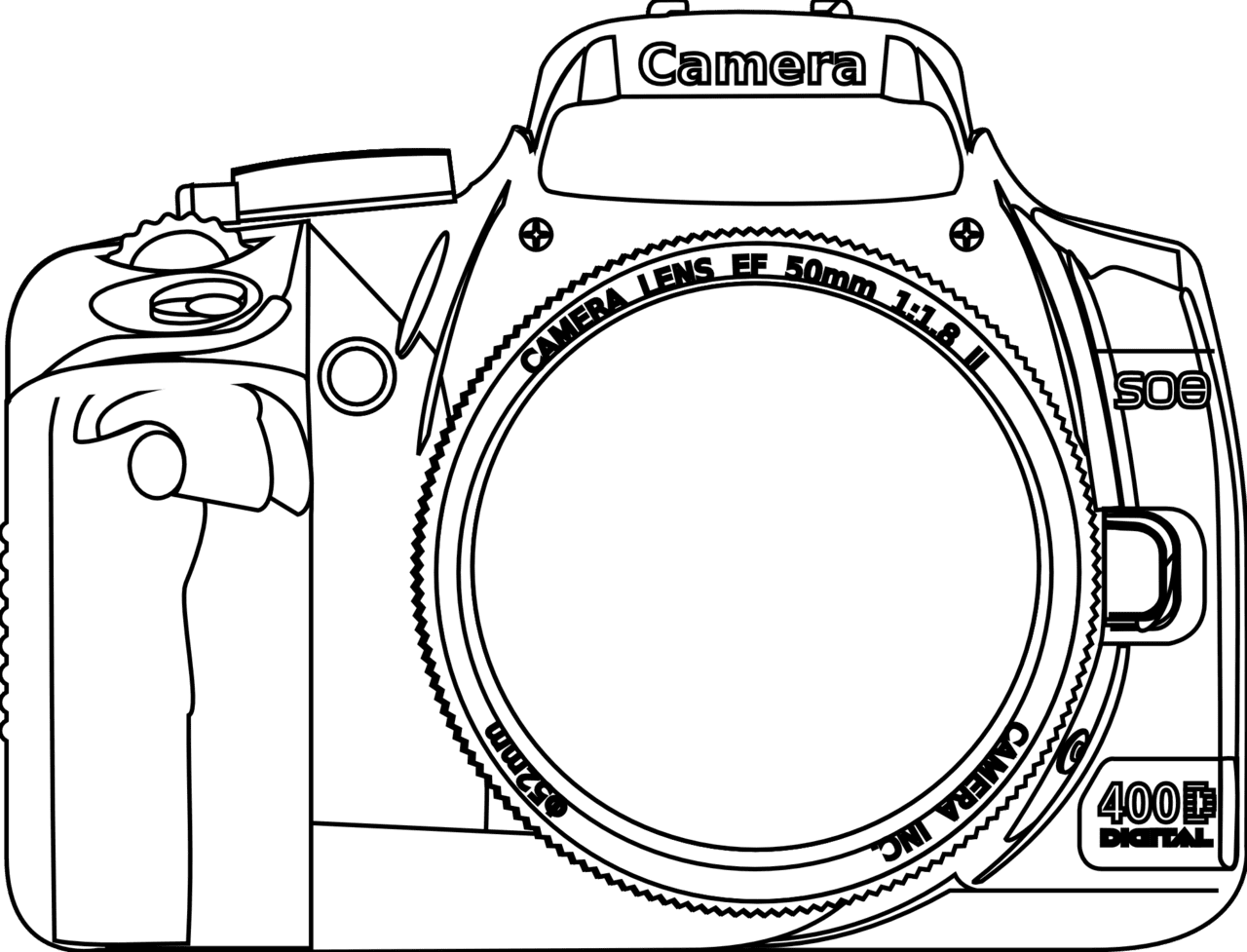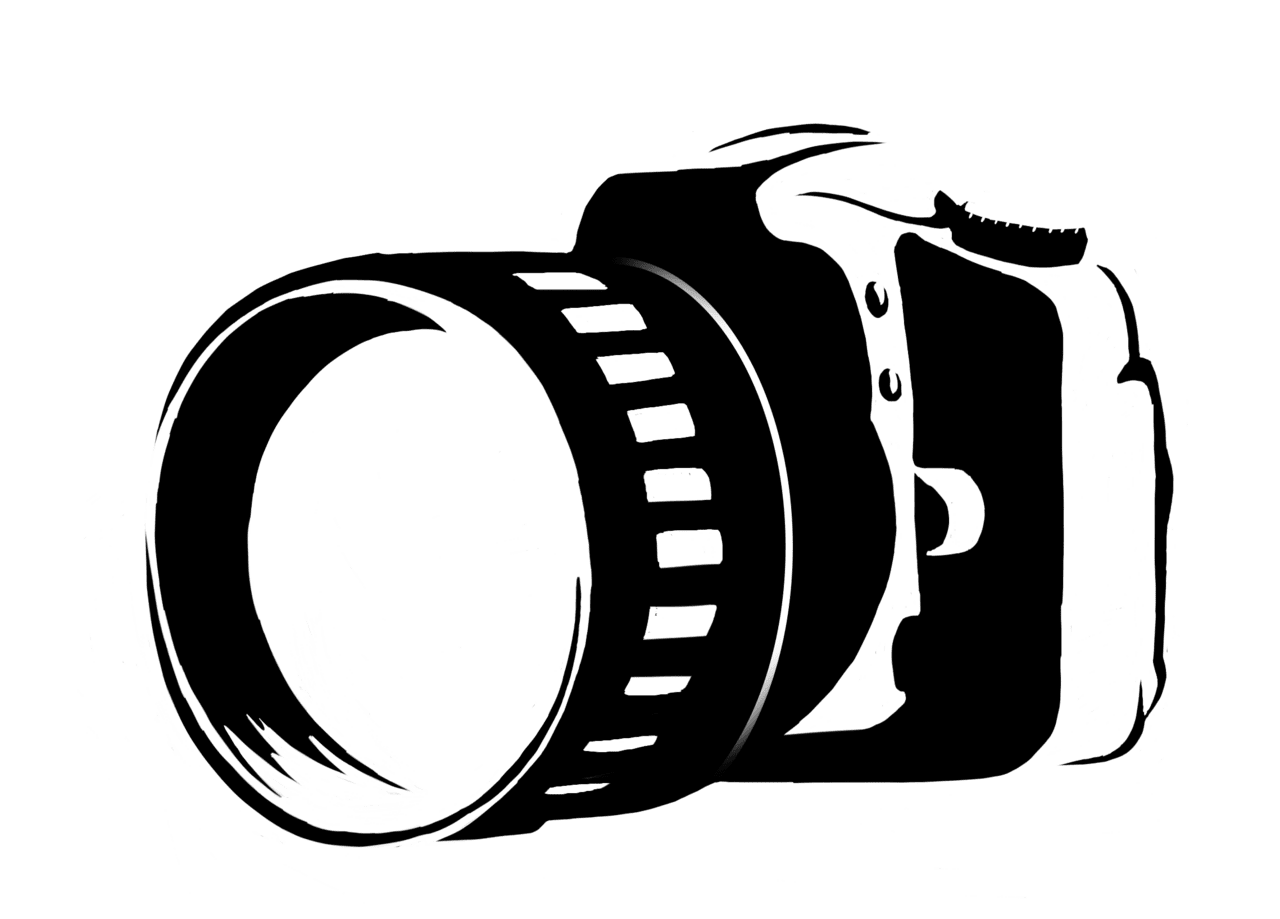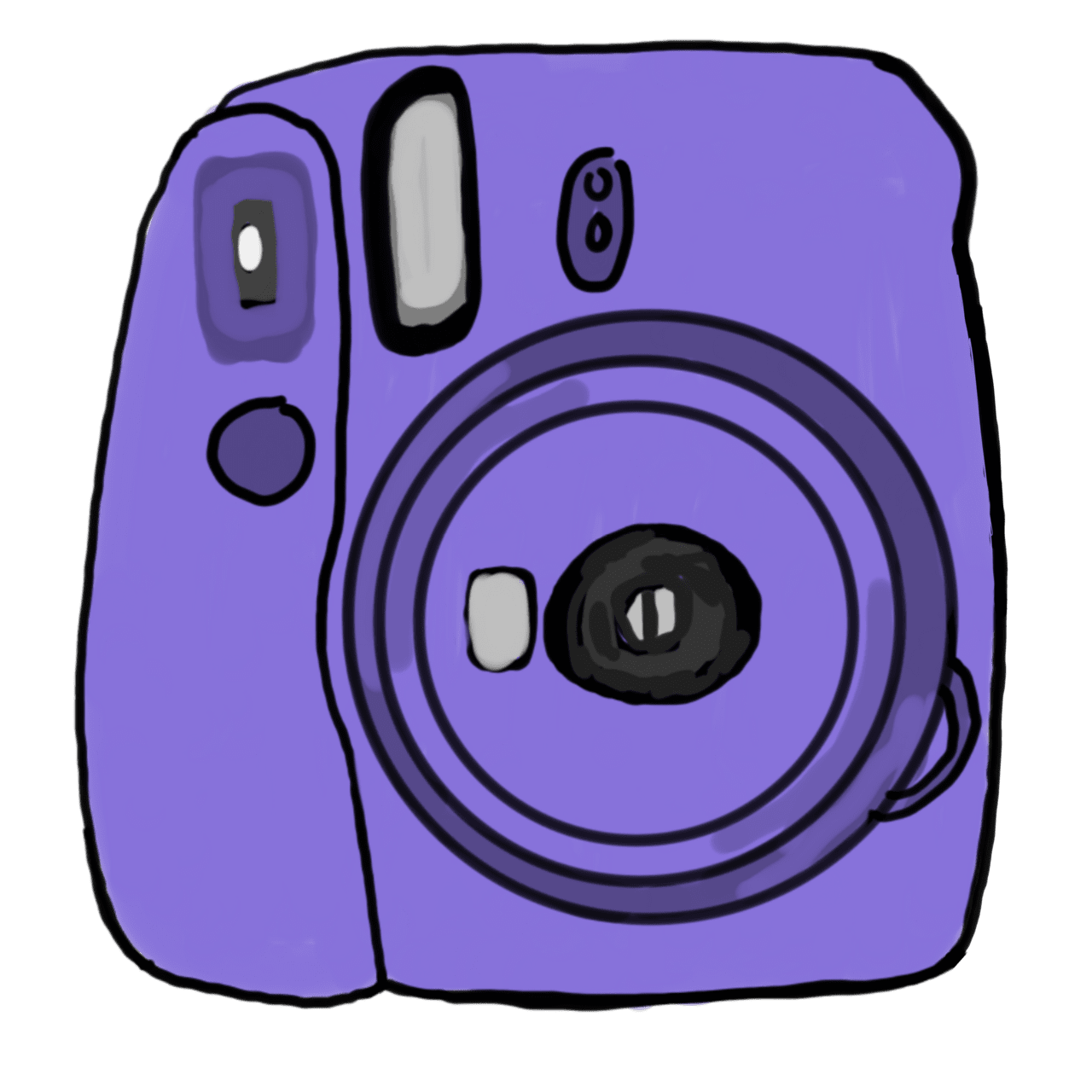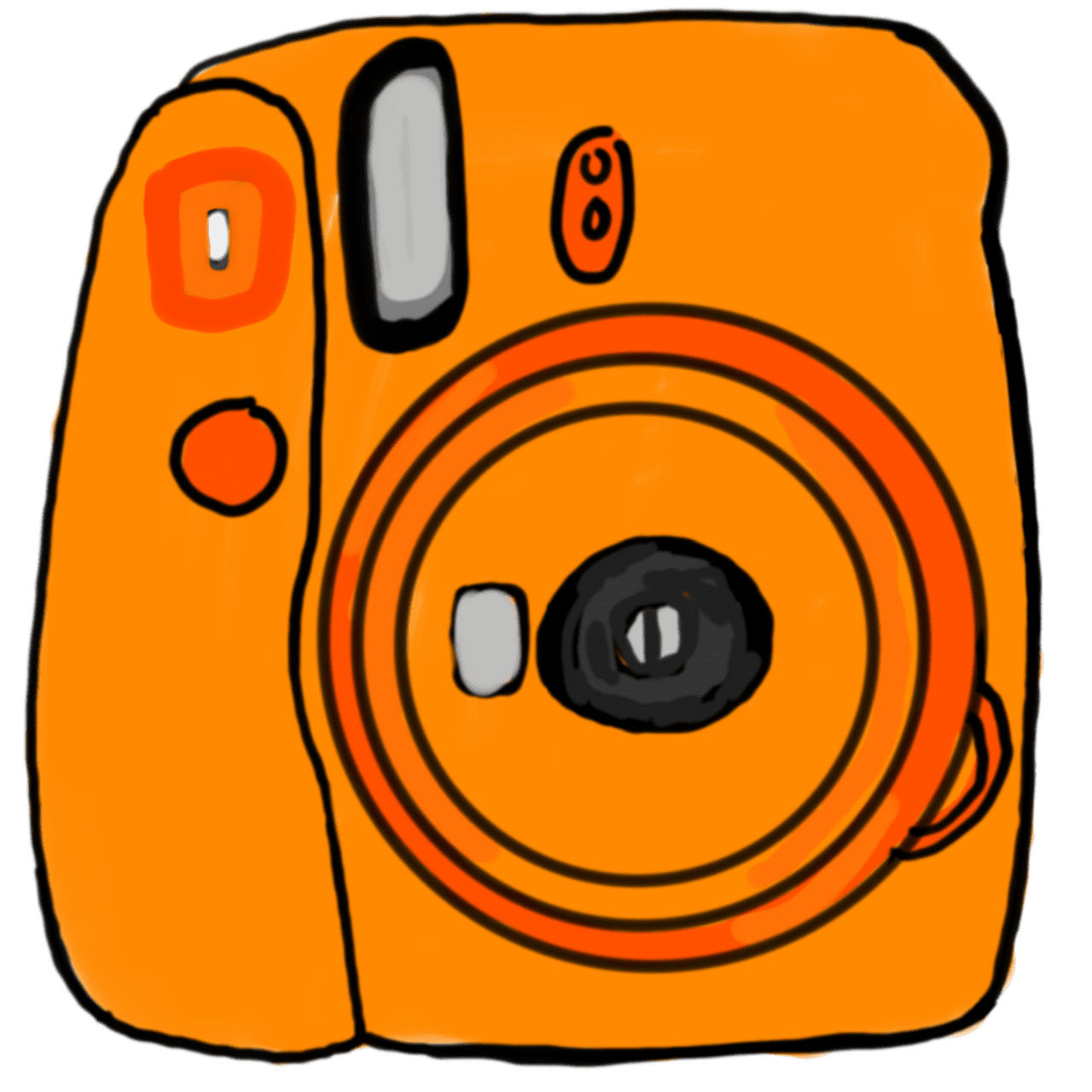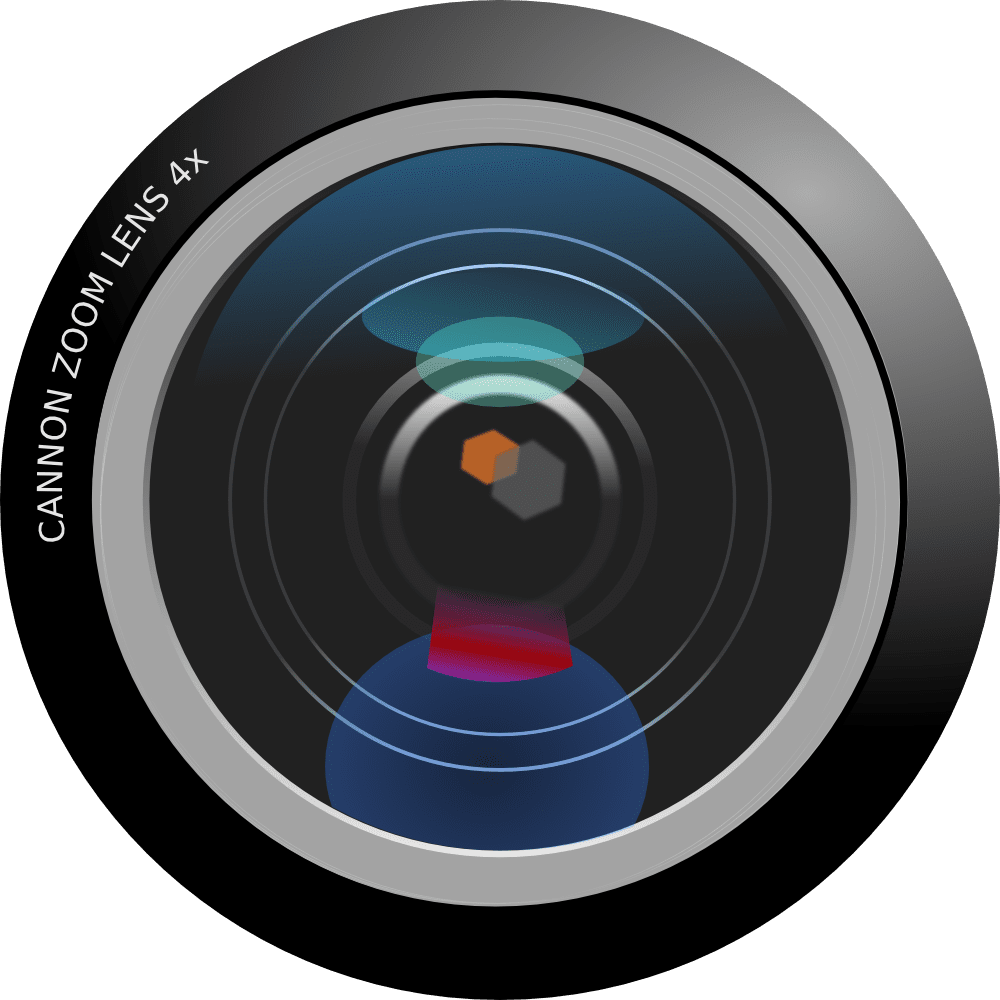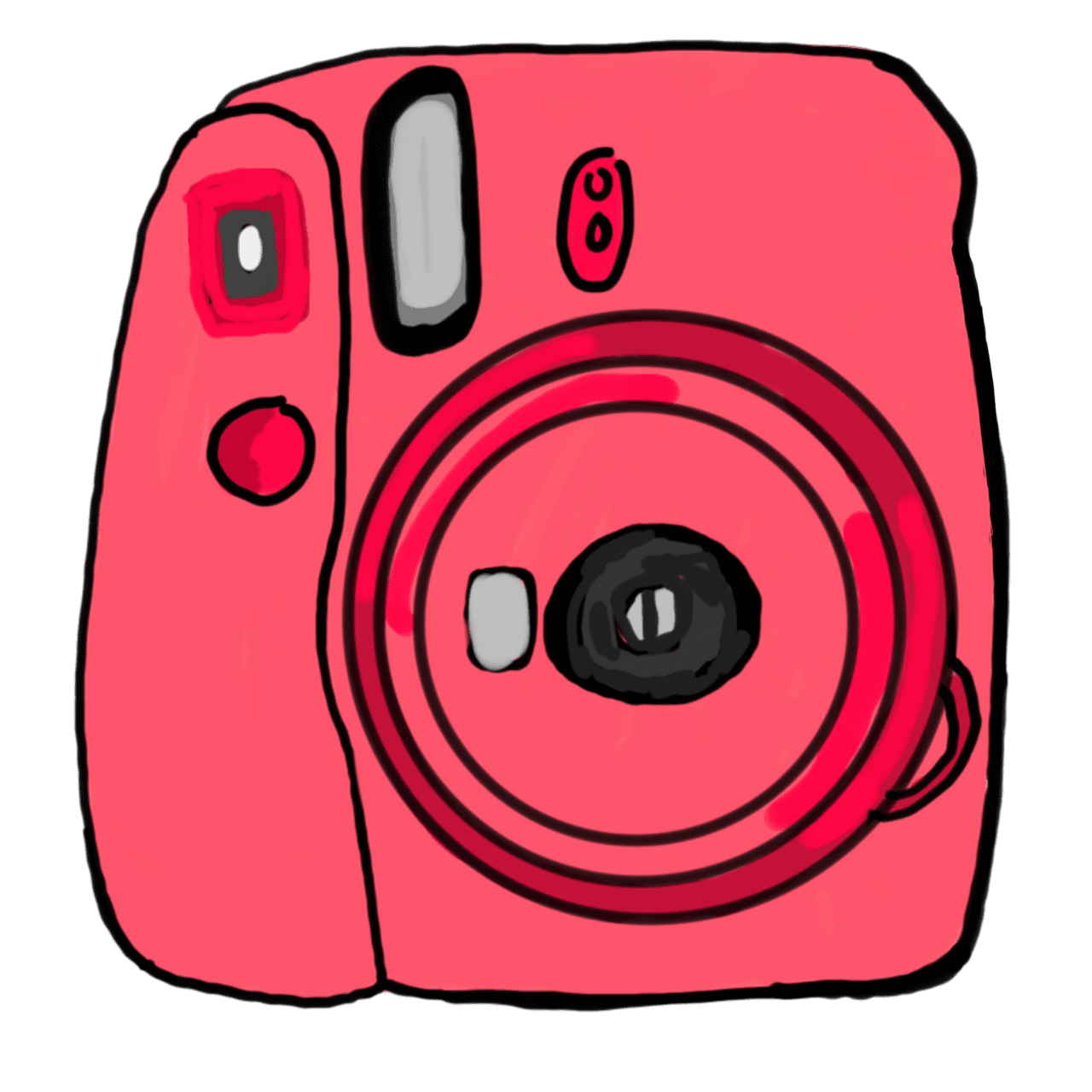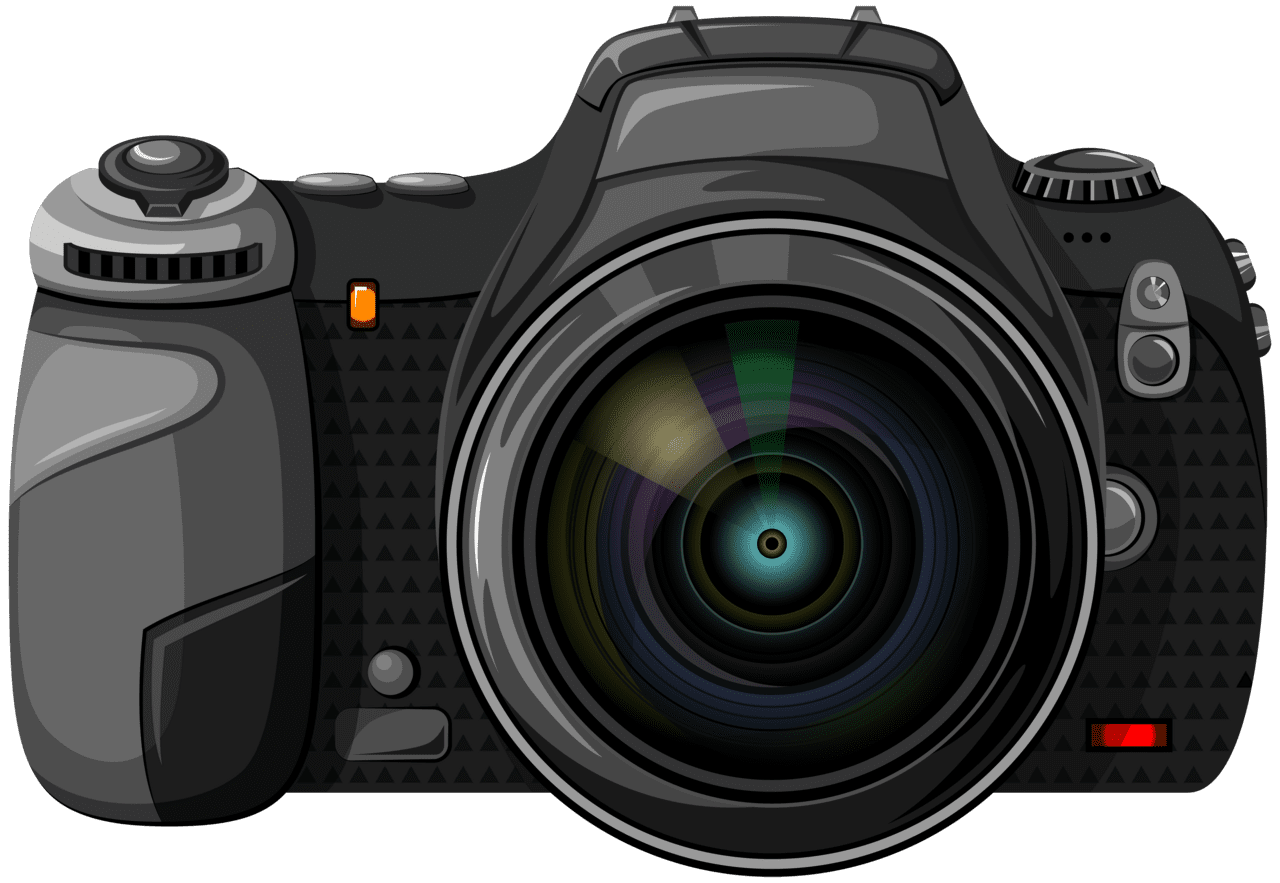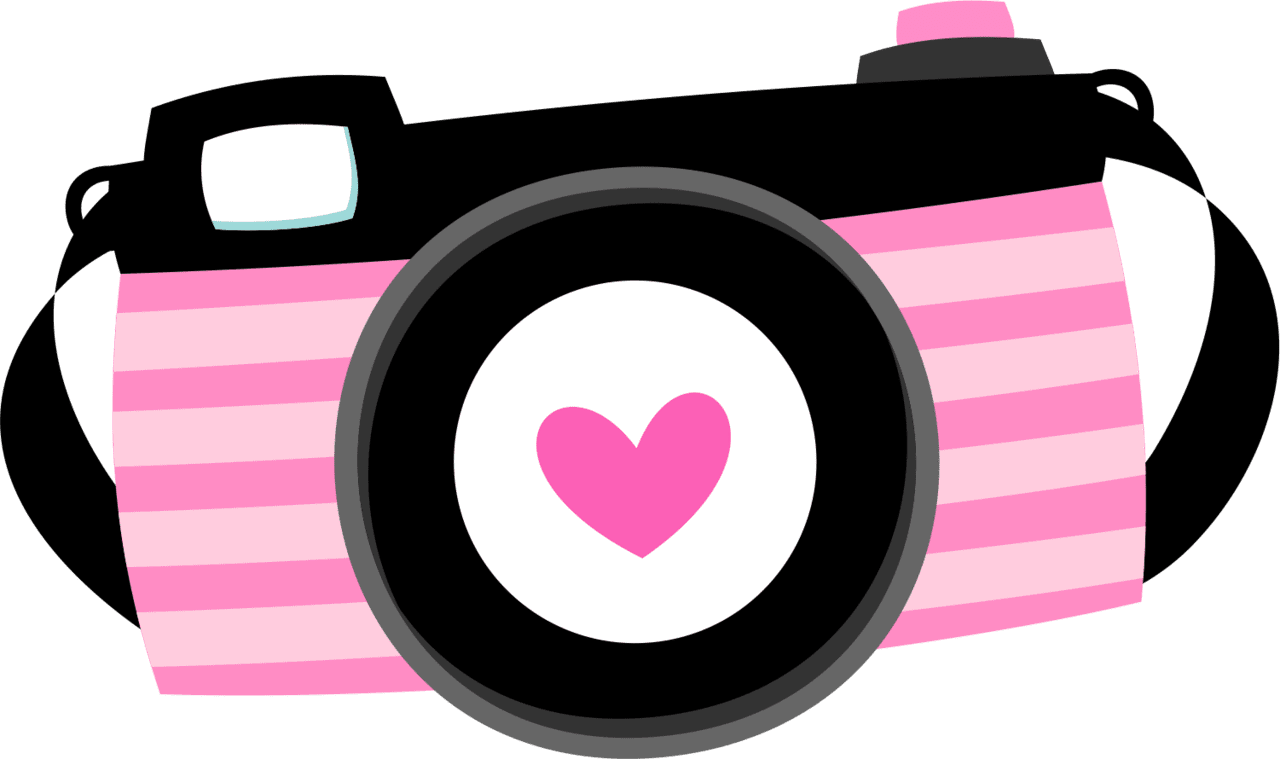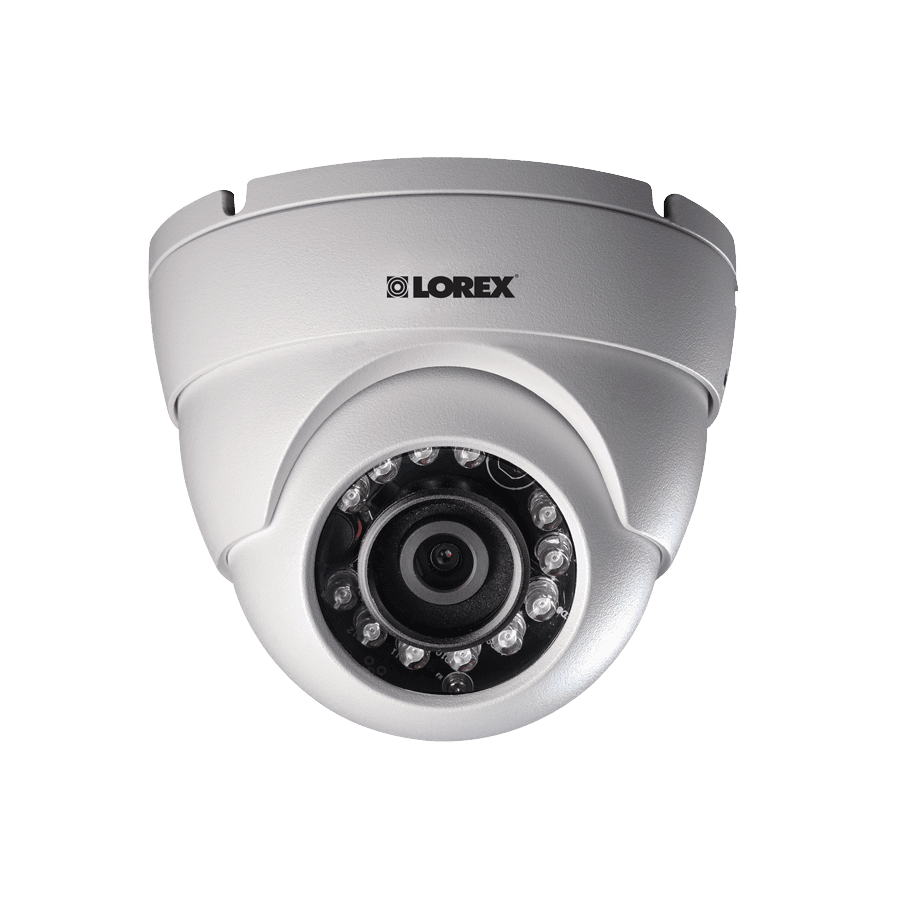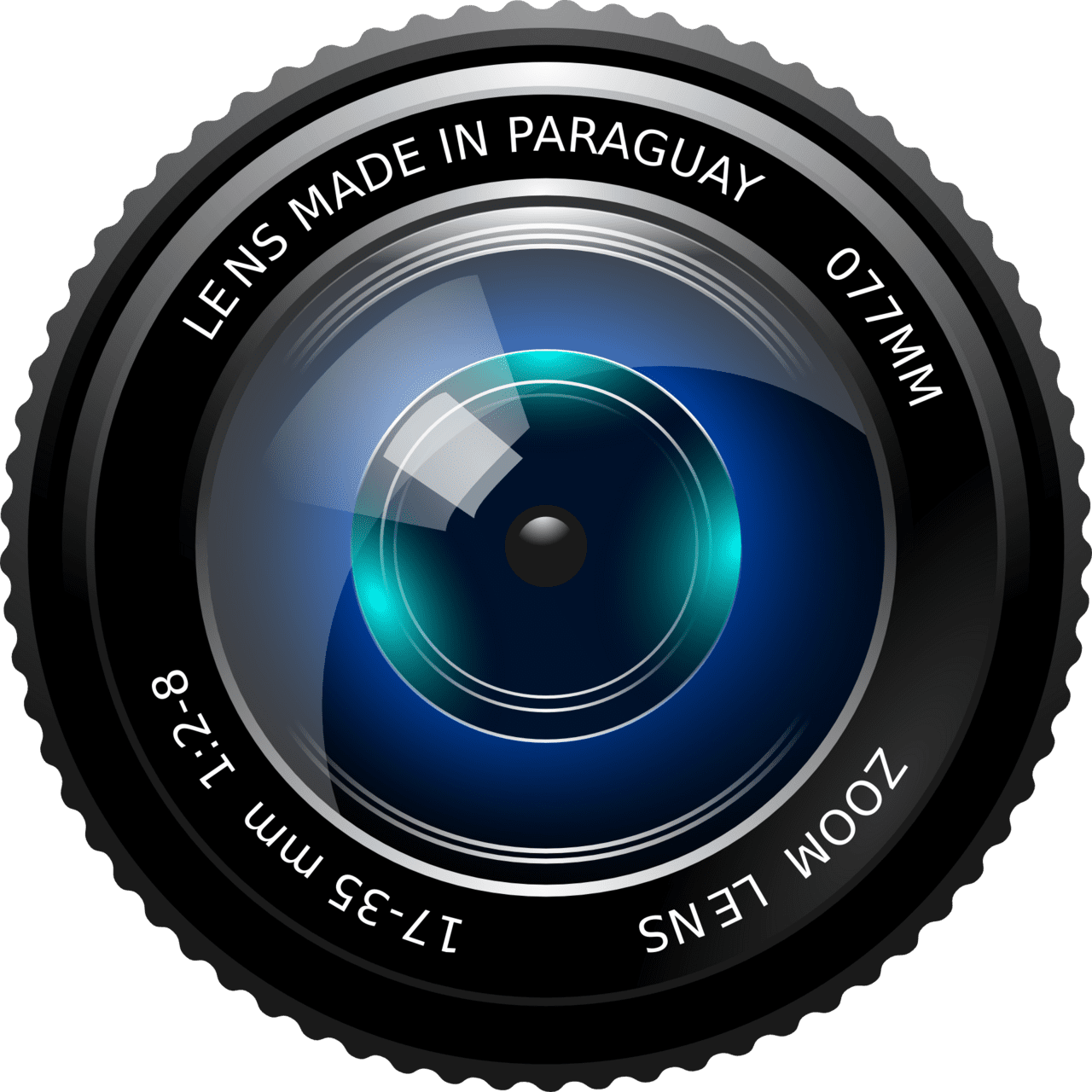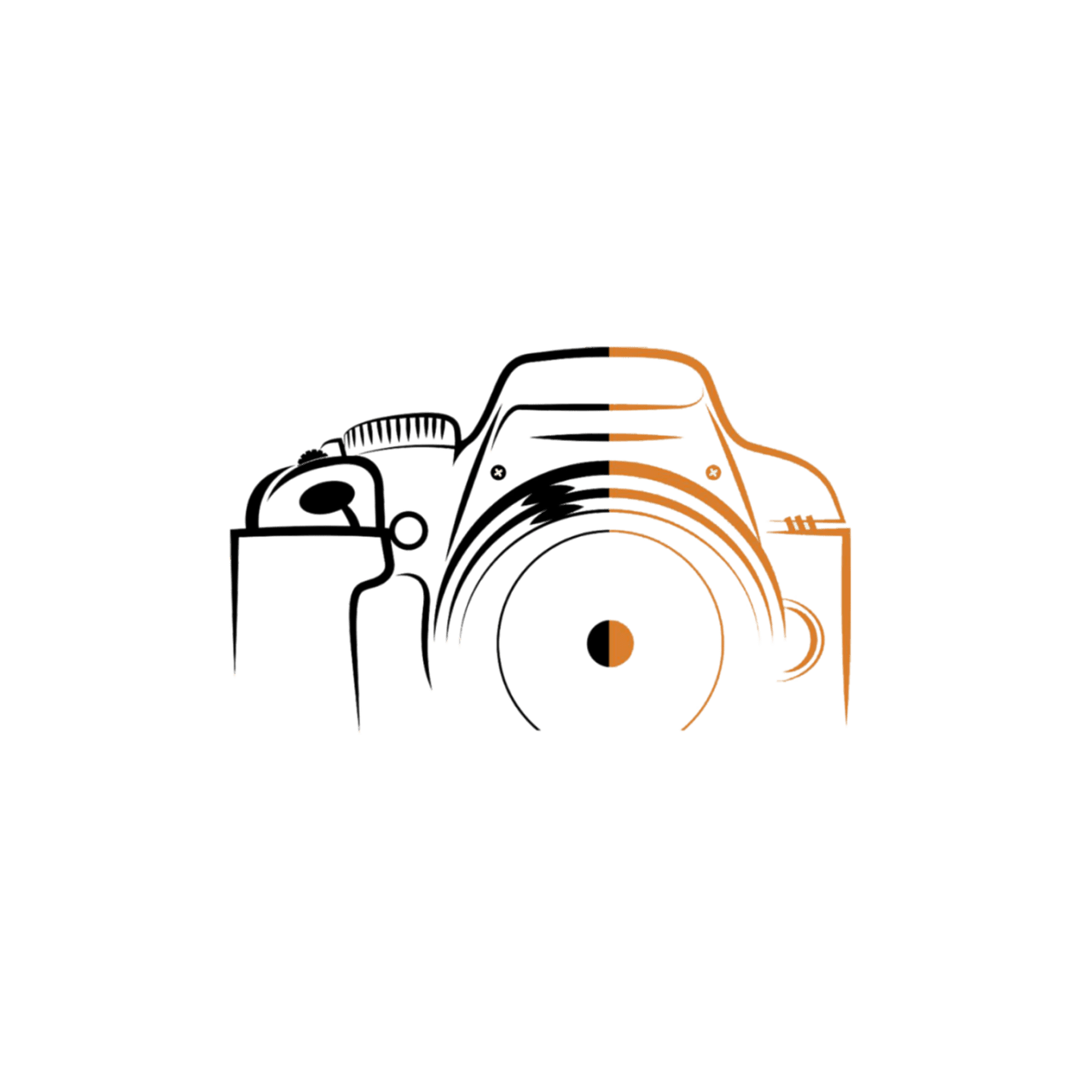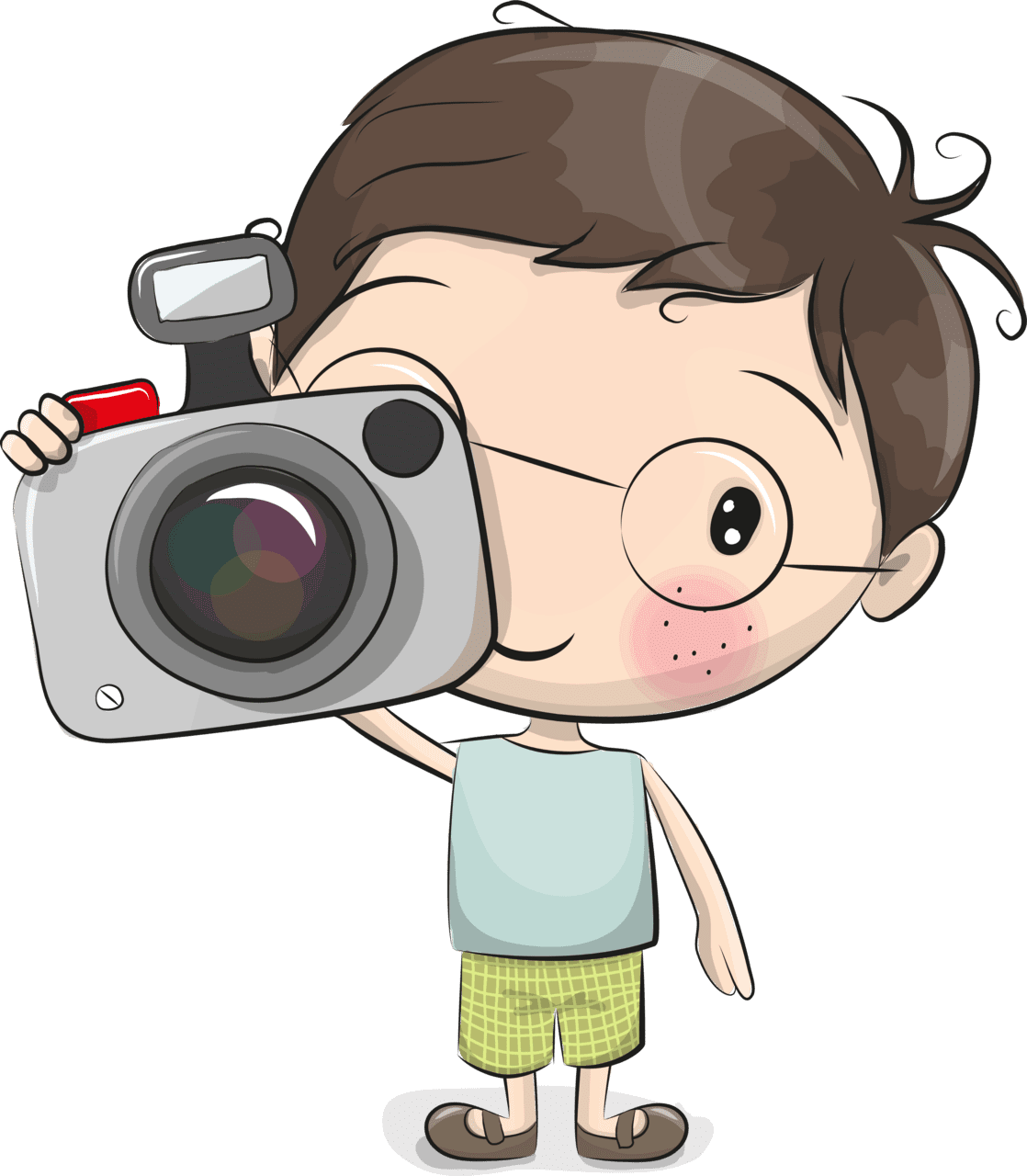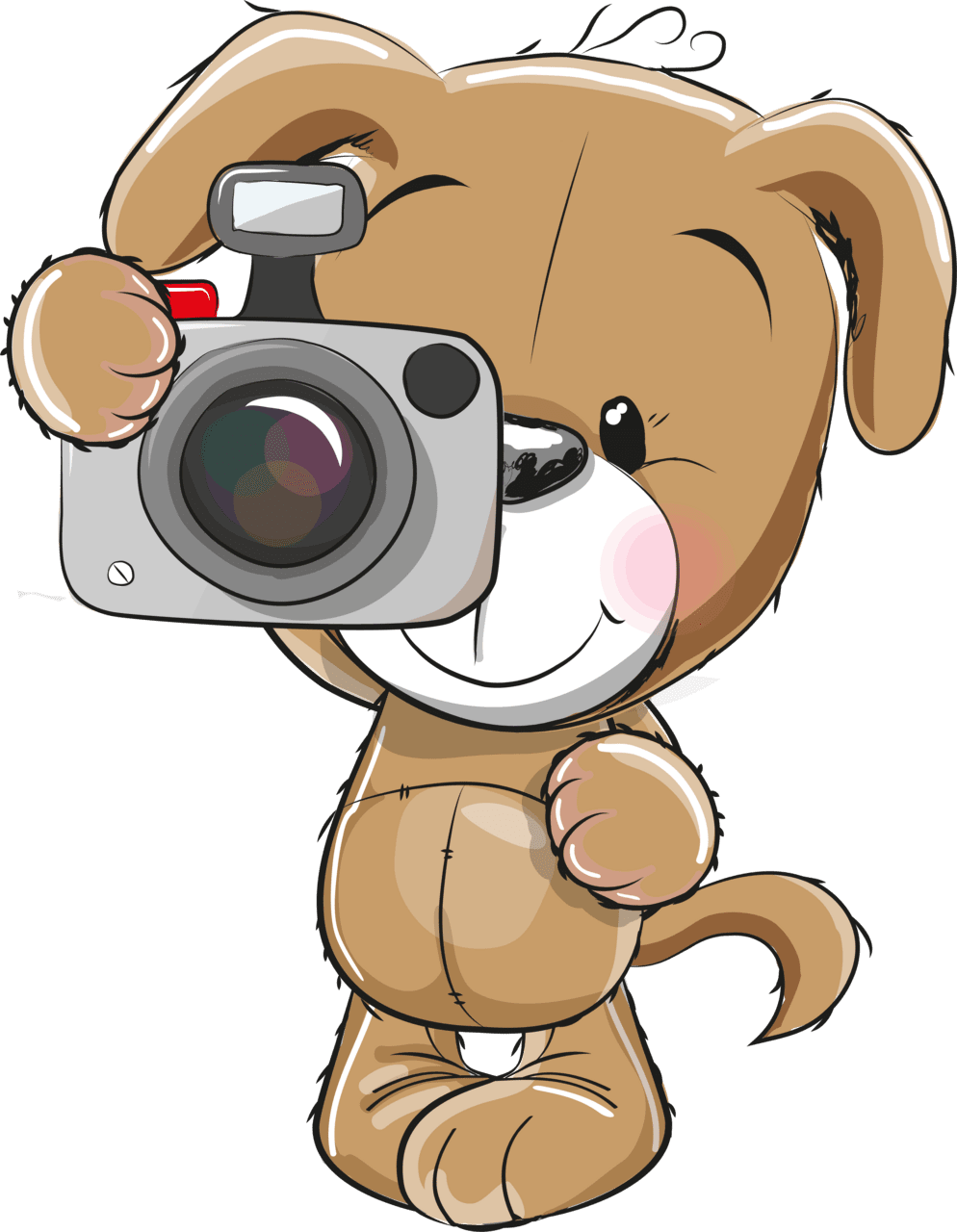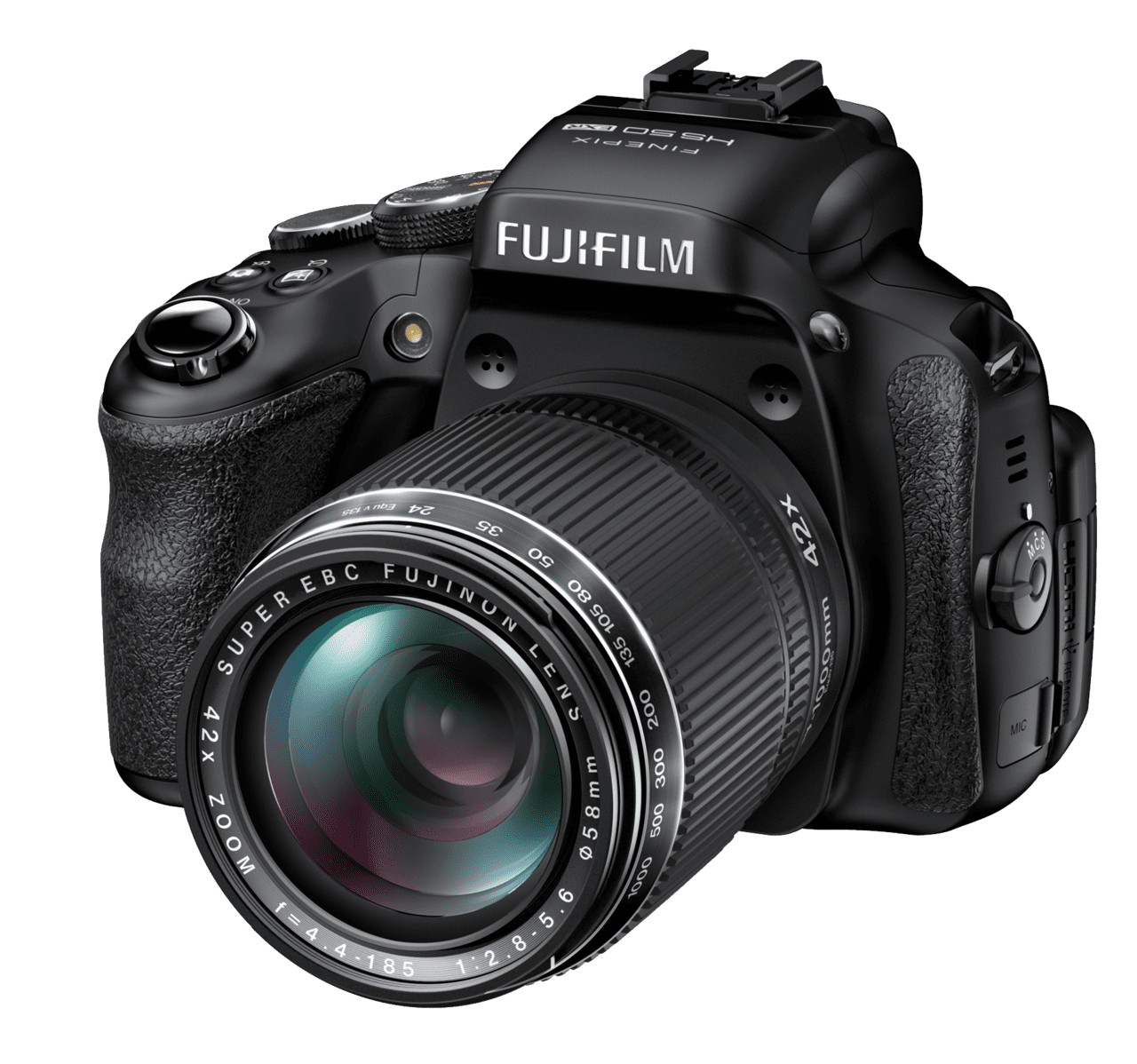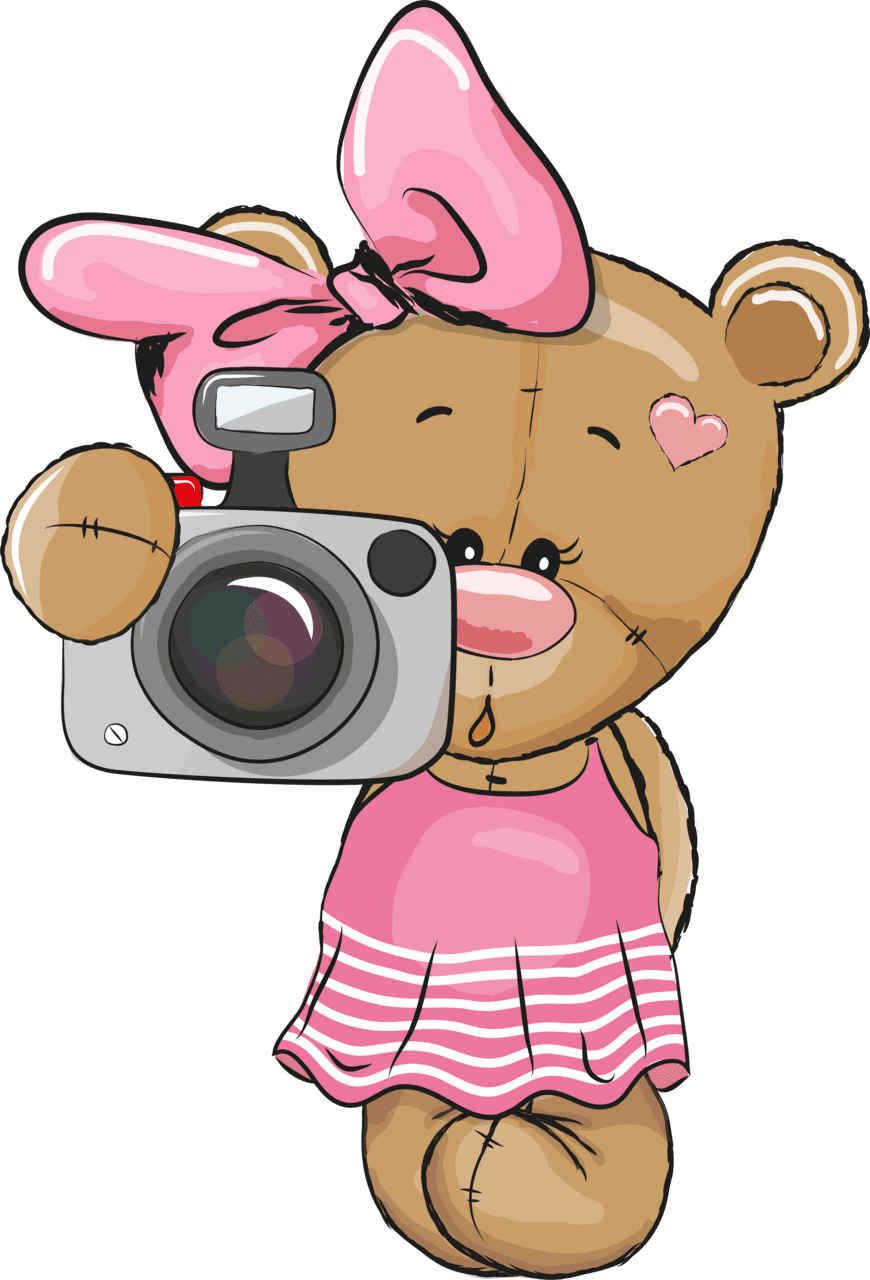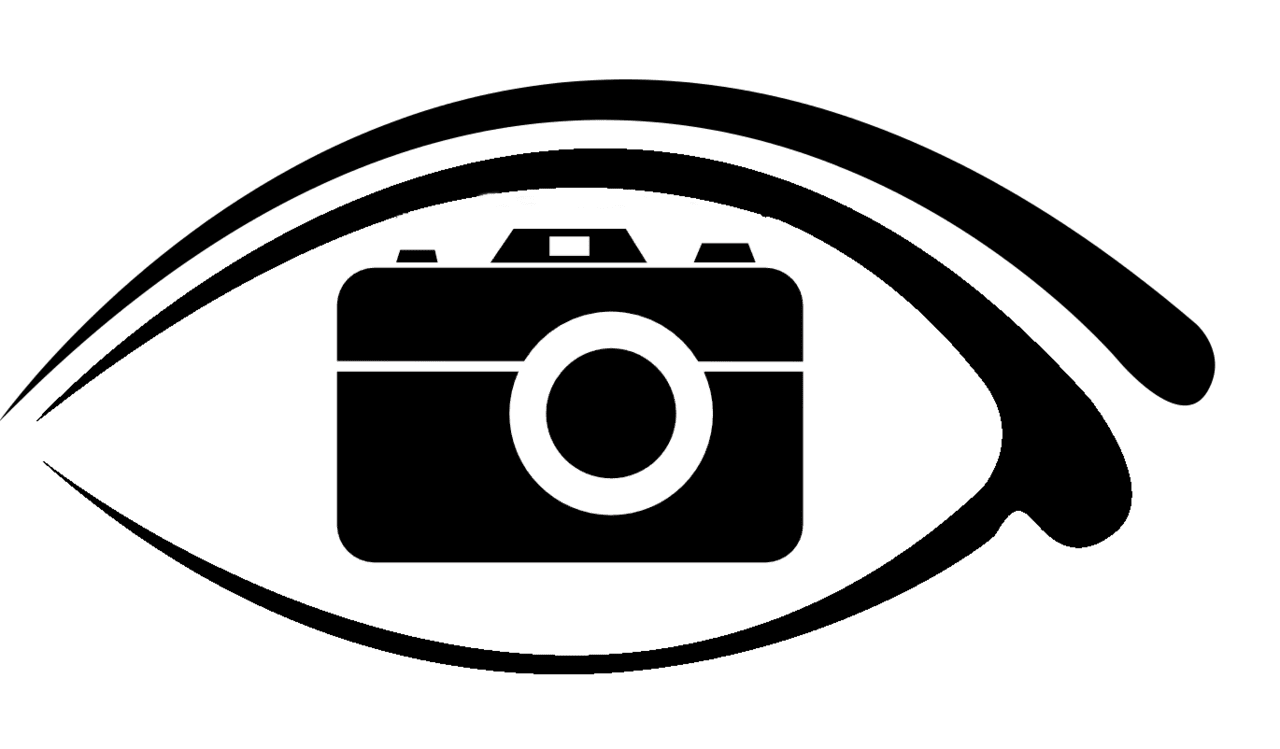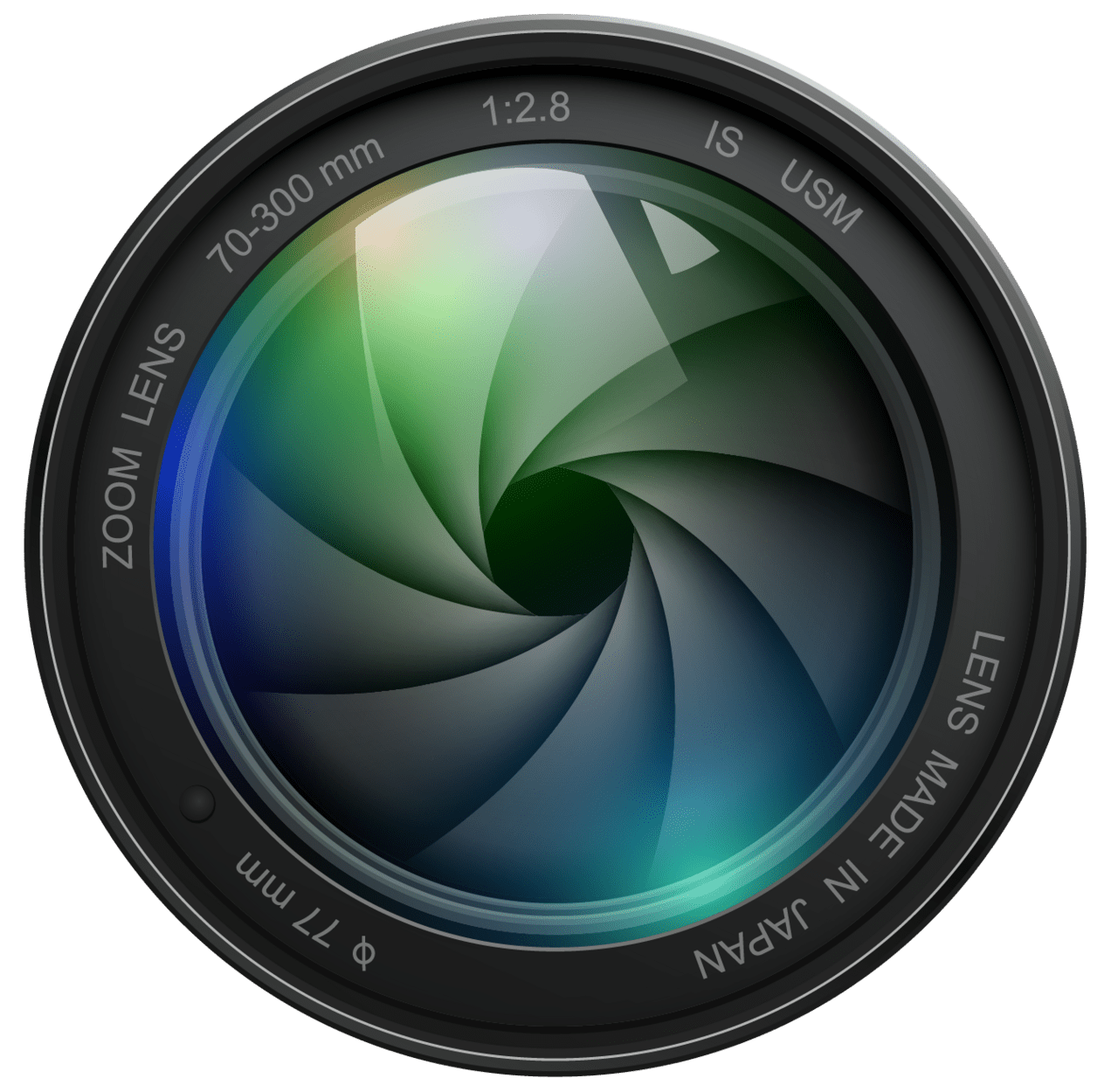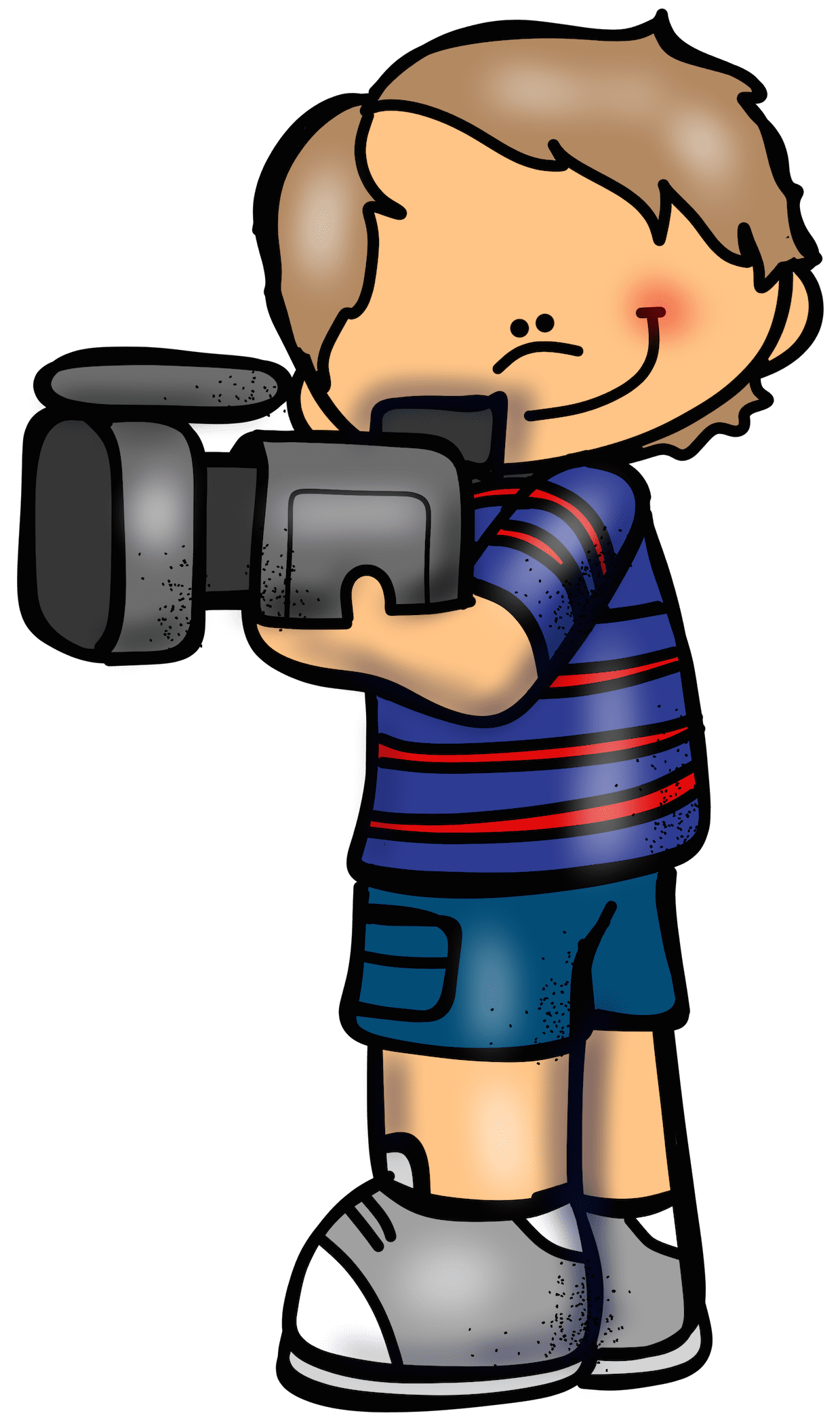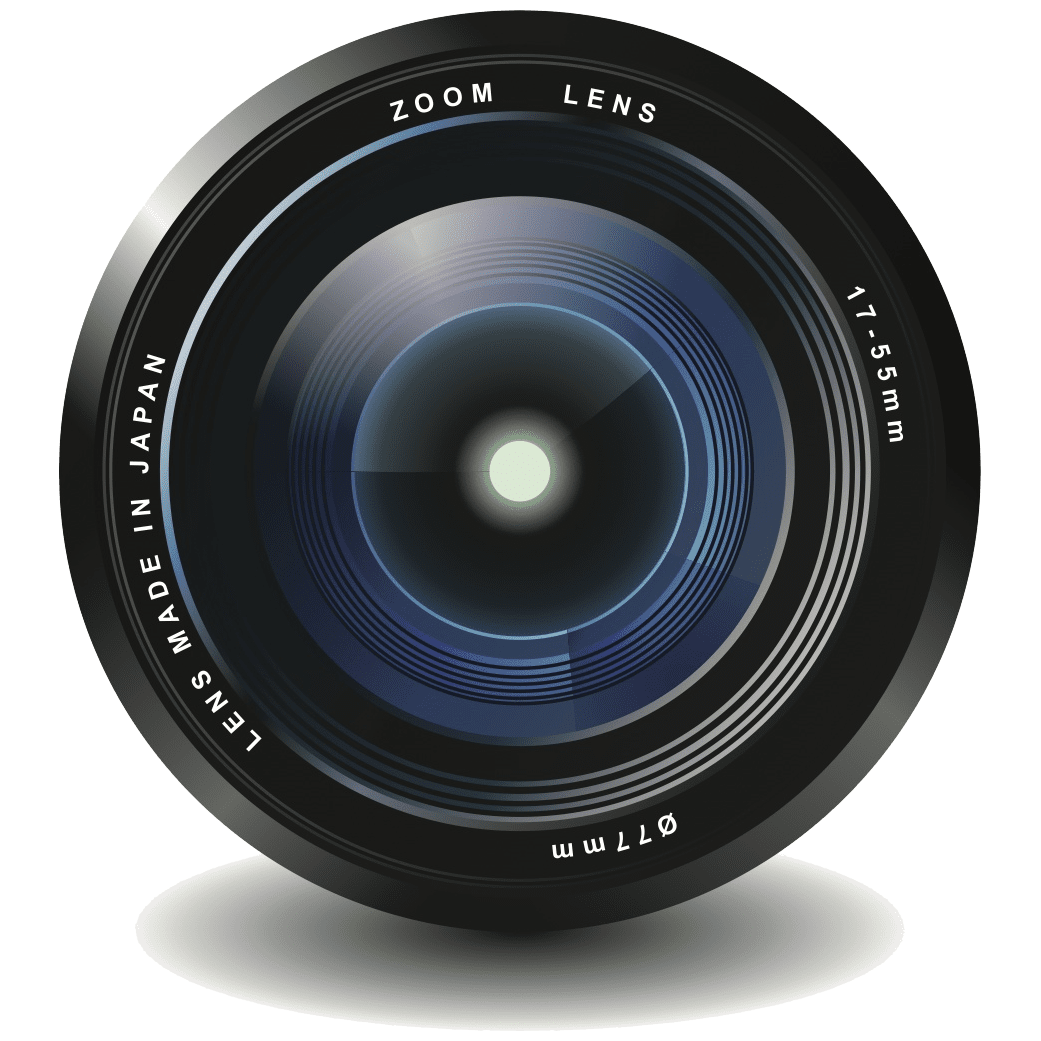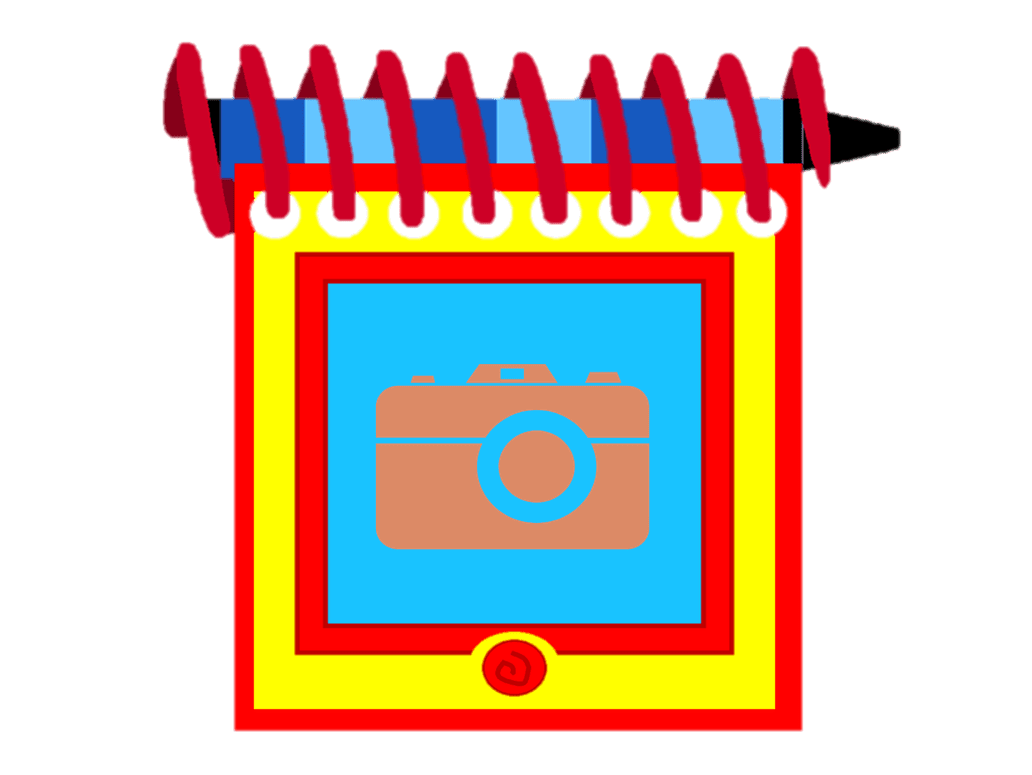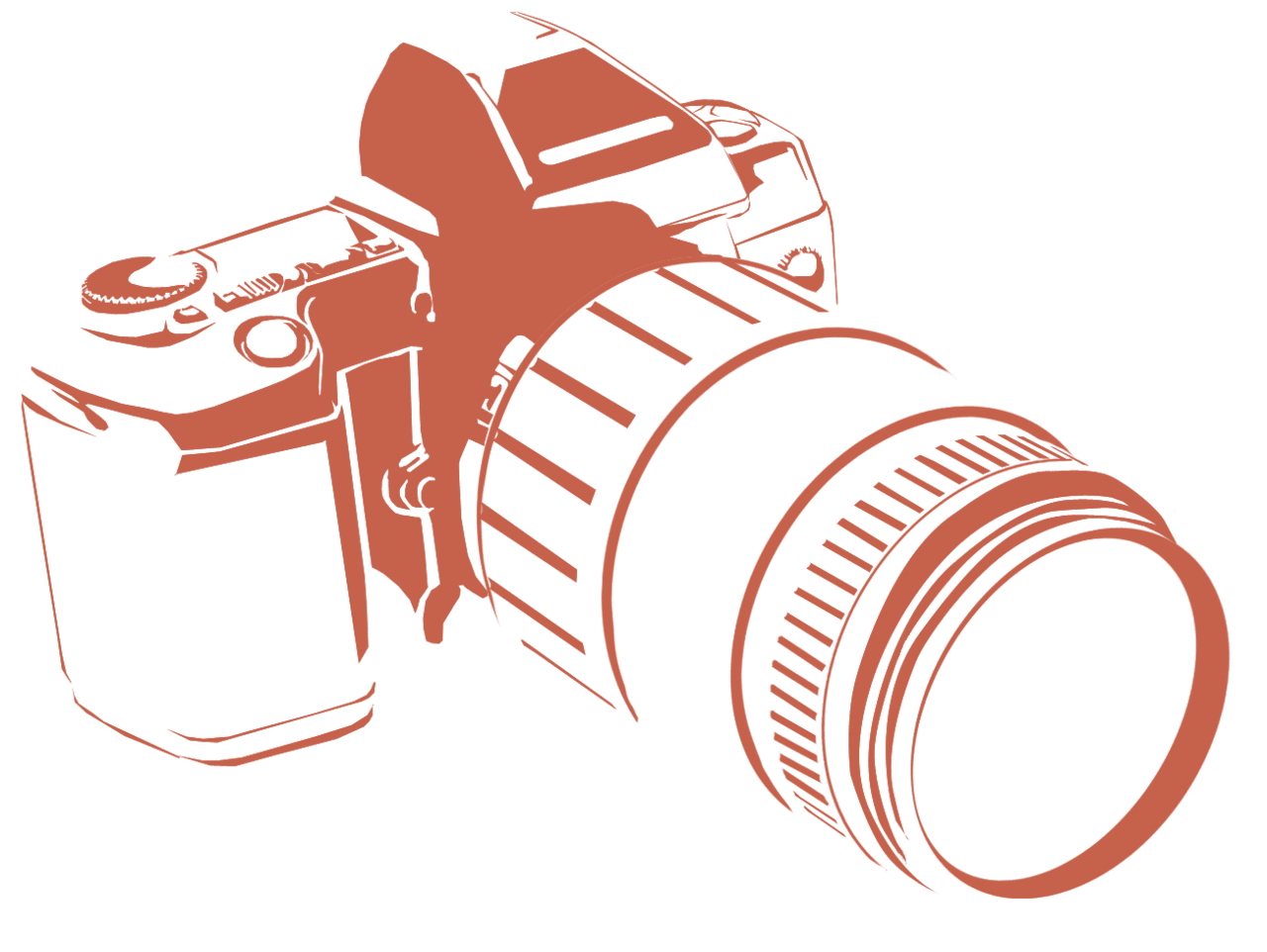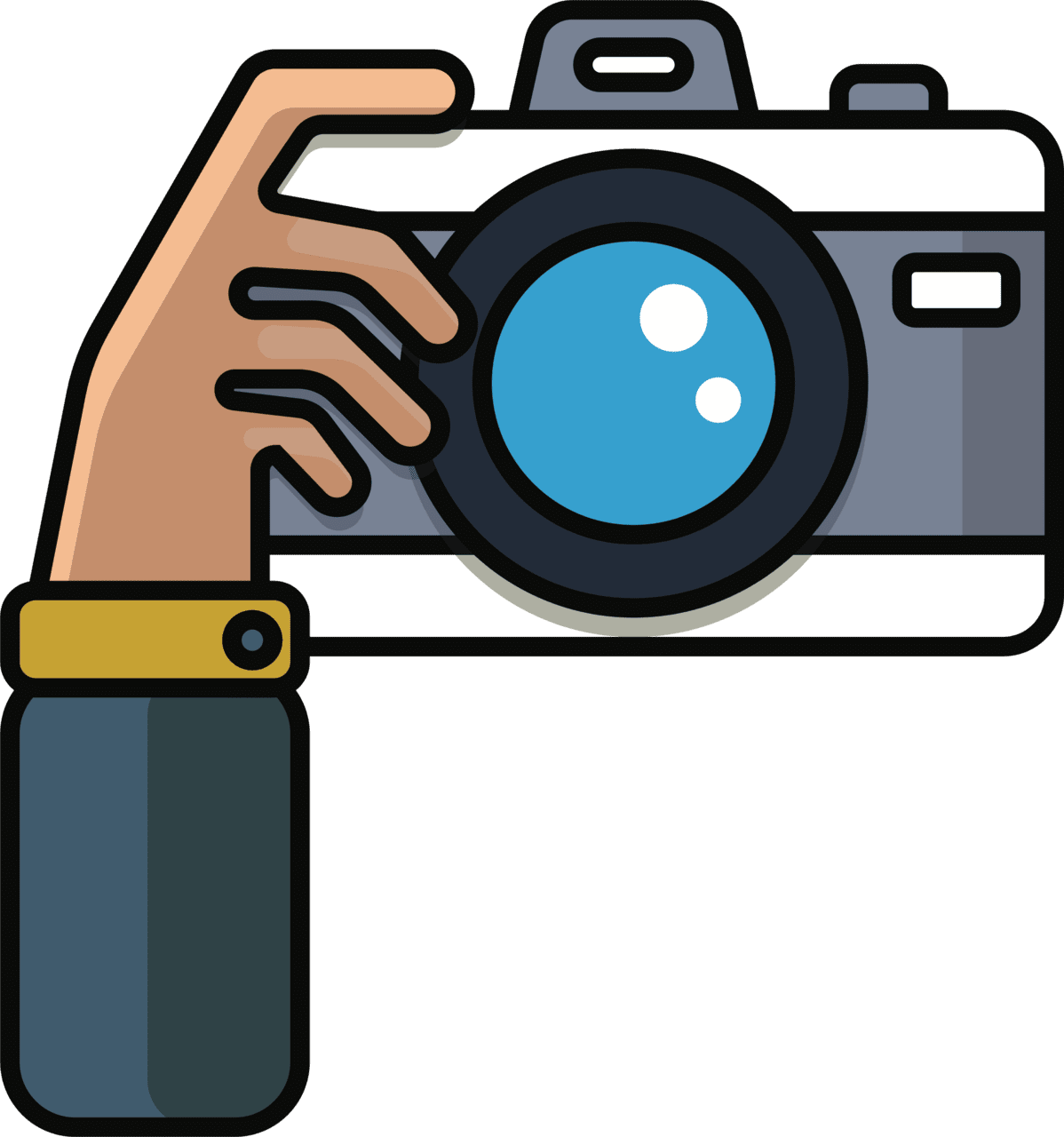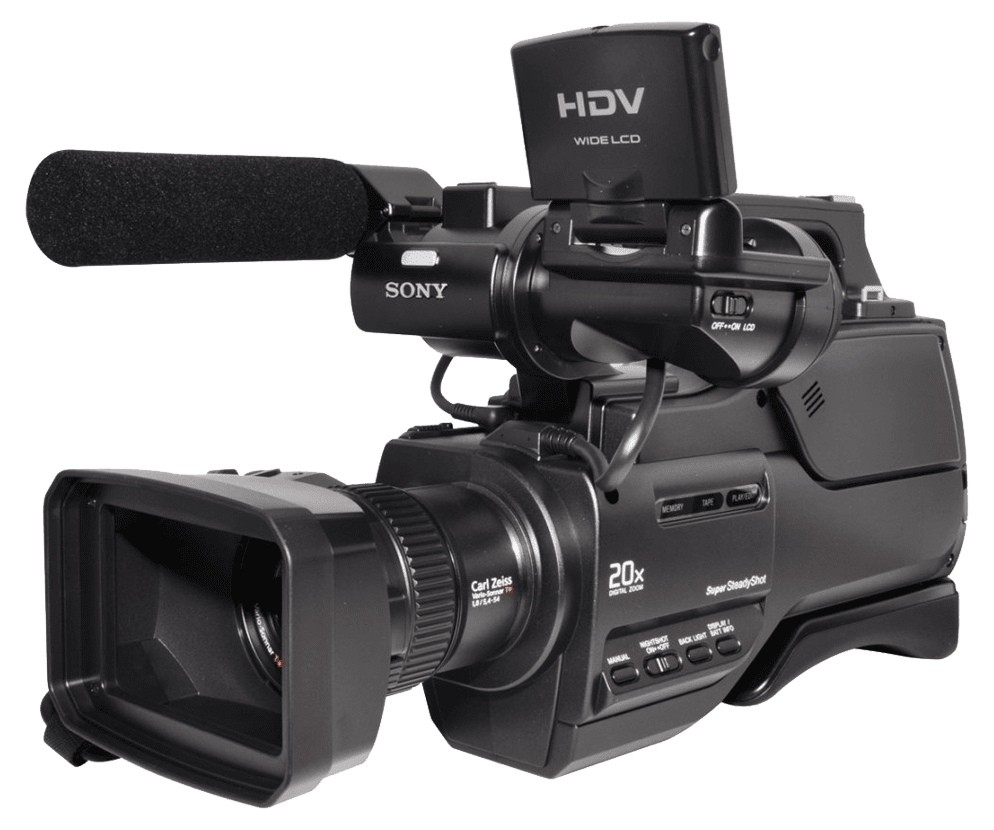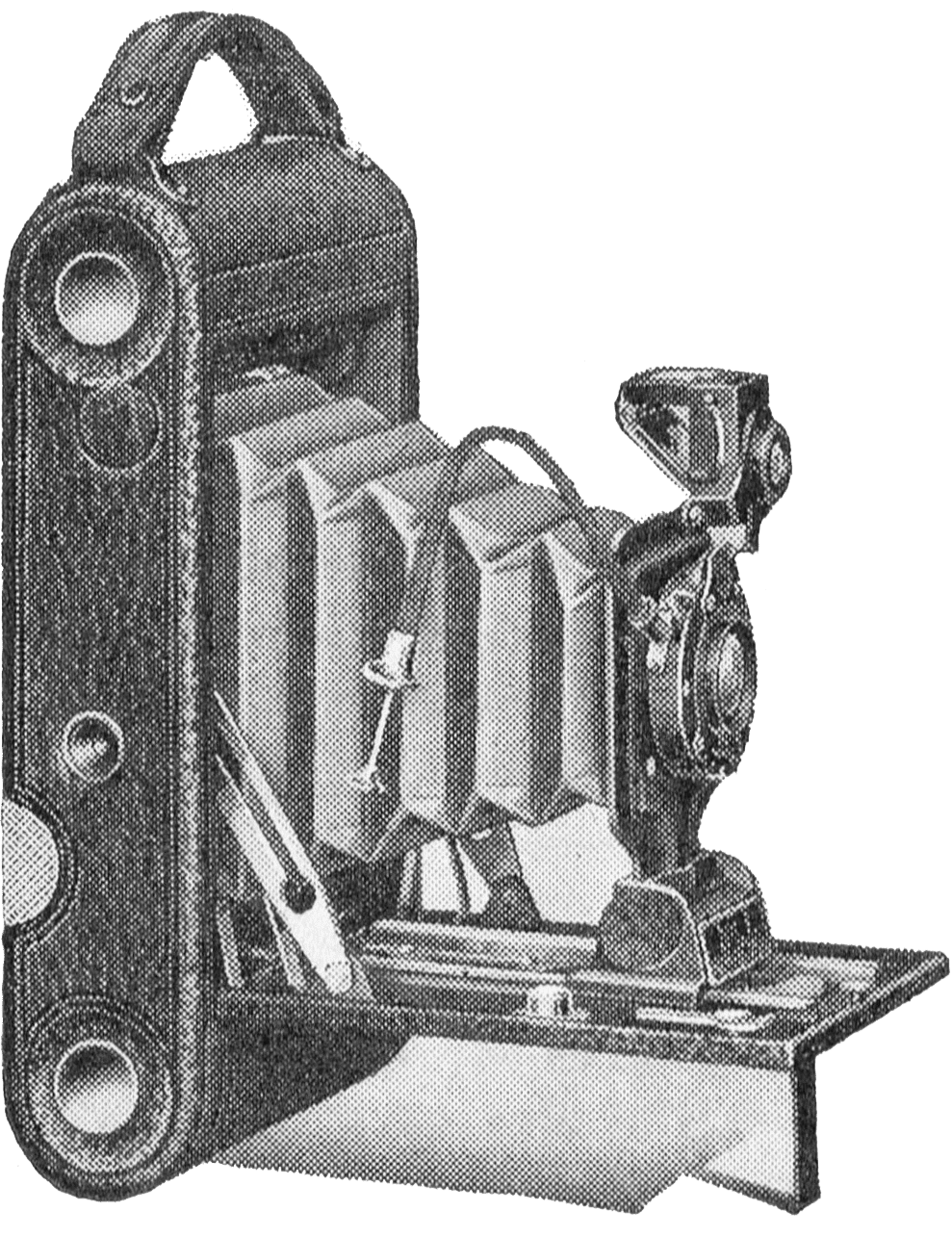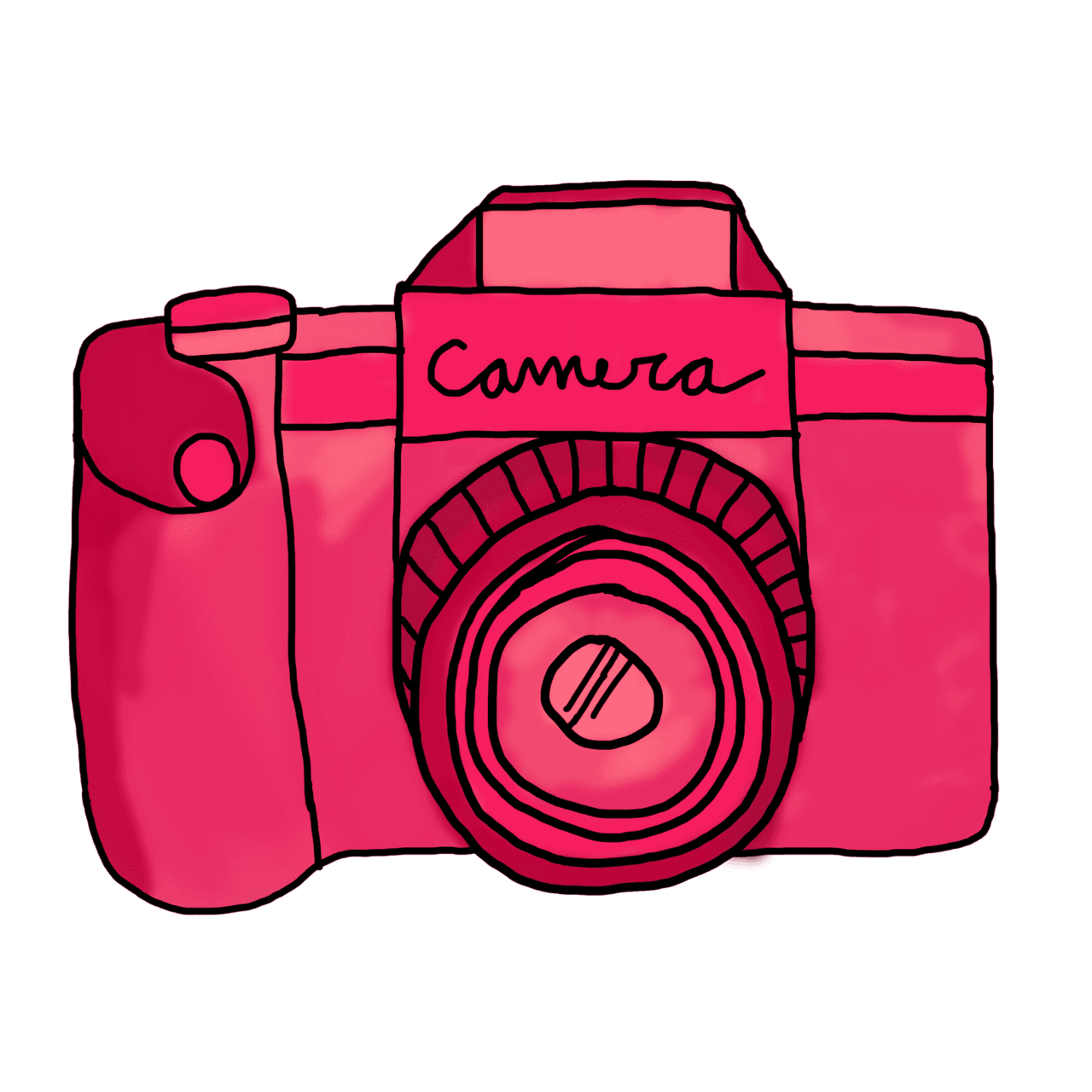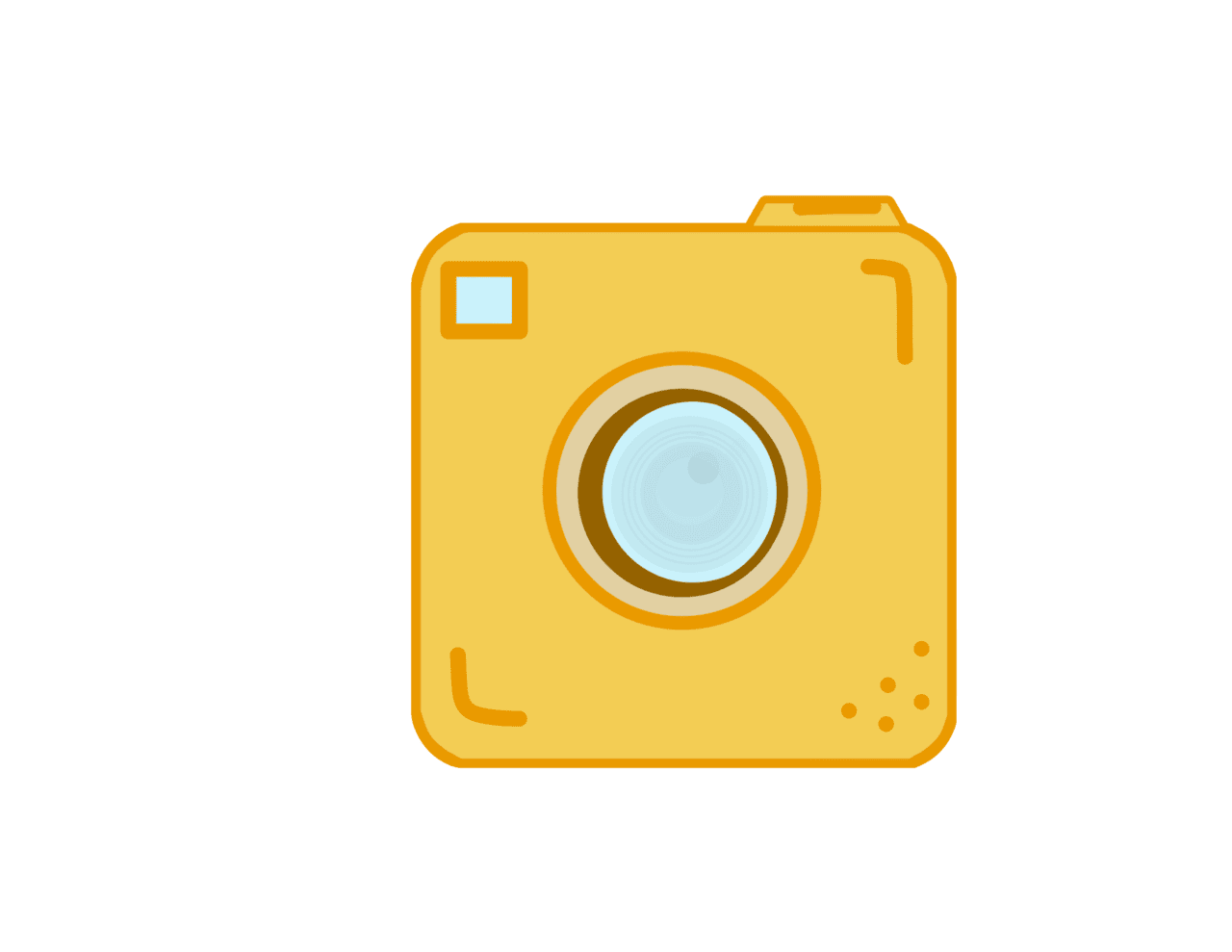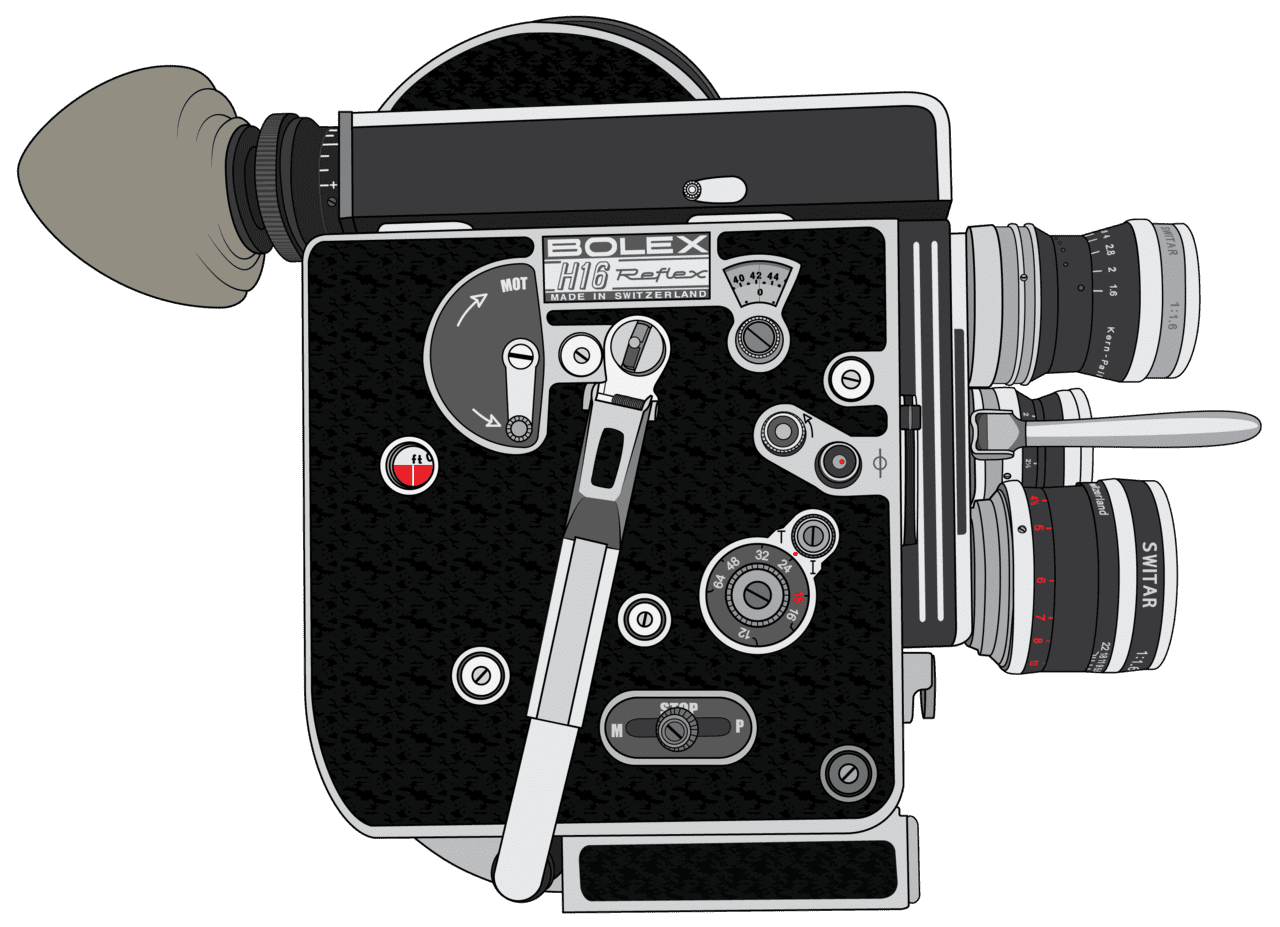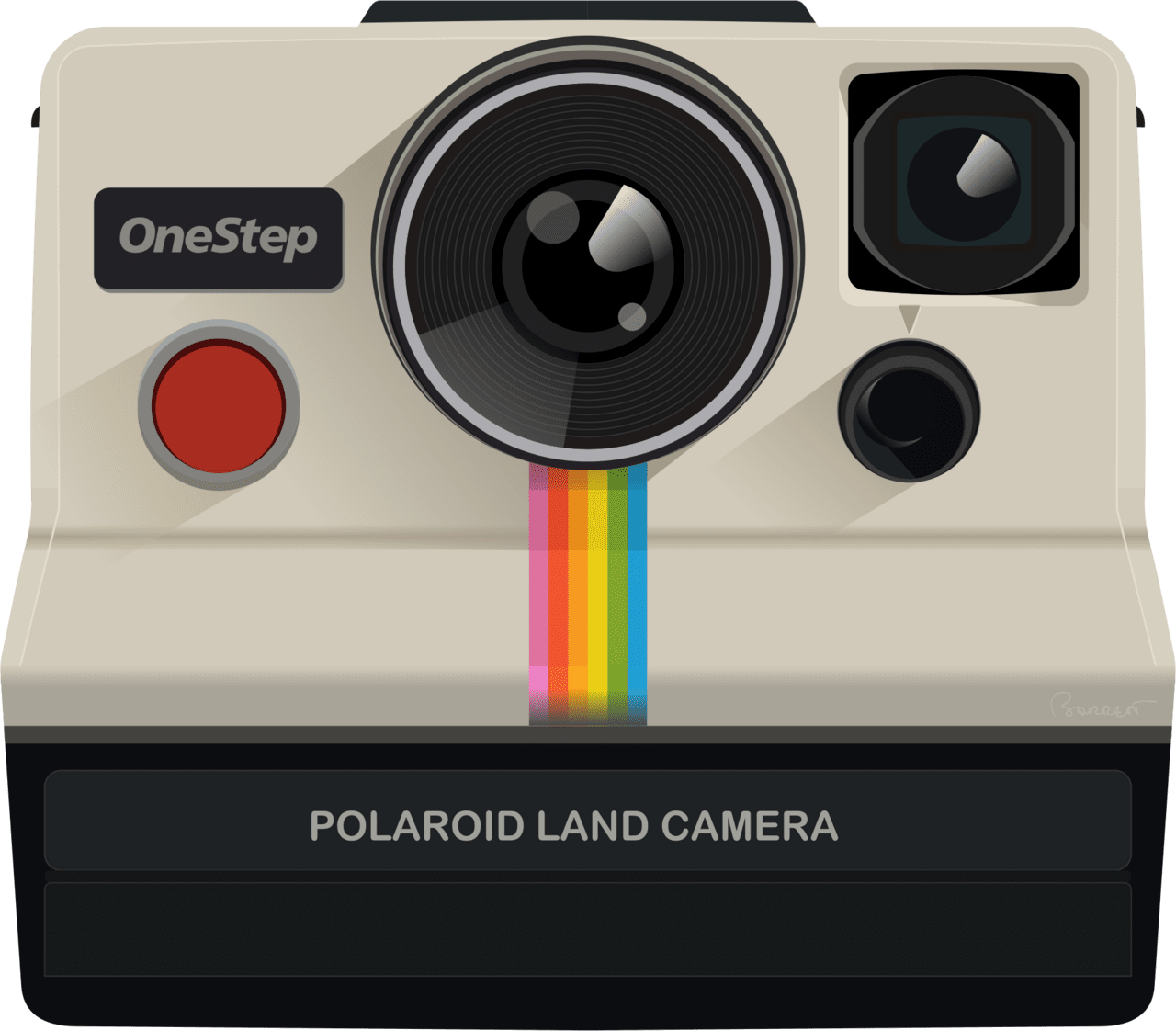A camera is a device used to capture images, while camera clipart refers to cartoon or illustrated images of cameras. Though different, these two concepts are closely interrelated.
What is a Camera?
A camera is an optical instrument used to capture and record images of objects and scenes. The word “camera” comes from the Latin word “camera obscura” meaning “dark chamber”.
The basic principle of a camera is the pinhole camera model. Light from an object or scene passes through a small hole and projects an inverted image onto a surface opposite the hole. Early cameras captured this image directly onto glass plates or photographic film.
Key Components of a Camera
- Lens – The lens focuses light from the objects in the scene onto the camera’s light-sensitive surface to form a sharp image
- Aperture – The aperture controls how much light passes through the lens into the camera
- Shutter – The shutter mechanism controls the length of time the camera sensor is exposed to light
- Image Sensor or Film – Analog cameras use photographic film to capture the image focused by the lens. Digital cameras use an electronic image sensor.
- Storage Medium – Photographic film or digital storage like memory cards store the images
- Viewfinder – Allows framing and viewing the image to be captured
Modern cameras can be complex with additional features like autofocus, flash, zoom lenses, interchangeable lenses, image processors, and more. But the basic components above form the foundation of how any camera works.
A Brief History of Cameras
Humans have attempted to produce images of the world around them for centuries. Early approaches used camera obscura phenomena or traced scenes by hand.
Key developments in camera history include:
- 1816 – Nicephore Niepce takes the first permanent photograph on a polished pewter plate
- 1835 – Henry Fox Talbot produces first photographic negatives, allowing multiple positive prints from a single negative
- 1839 – Daguerreotypes introduced, providing finely detailed fixed images on silver-plated copper
- 1861 – James Clerk Maxwell proposes the idea of adding color to photographs by taking separate shots through red, green, and blue filters
- 1878 – First mass-market cameras introduced to consumers by George Eastman
- 1900 – Kodak Brownie popularizes low-cost photography and cameras for the masses
- 1975 – Engineers at Kodak create the first digital camera prototype
- 1991 – First commercial digital camera released to consumers
And so on to today’s world where digital cameras and camera phones have become ubiquitous for capturing life’s moments.
Types of Cameras
There are a wide variety of cameras designed for different applications:
Film Cameras
- Shoot on light-sensitive photographic film
- 35mm film cameras – Most common for consumer photography before digital cameras
- Medium or large format film cameras – Used for higher resolution photography
Digital Cameras
- Capture images electronically instead of on film
- Compact digital cameras – Portable point and shoot camera for casual photographers
- DSLR cameras – Sophisticated interchangeable lens cameras offering advanced manual controls preferred by professionals and enthusiasts
- Mirrorless cameras – Lightweight and compact yet capable cameras with interchangeable lenses
- Camera phones – Integrated digital cameras found in most smartphones today
Specialized camera types extend beyond that for applications like security, scientific imaging, aerial photography, action cameras, and more.
Key Camera Specifications
Some key specifications help determine camera capabilities and comparing different cameras:
- Resolution – The number of megapixels a digital camera can capture determines how much detail it can record
- Sensor Size – Physical size of the image sensor; larger sensors generally deliver better low light sensitivity and dynamic range
- Lens Mount – For interchangeable lens cameras, the type of lens mount the camera uses
- Zoom Capability – Fixed lens vs zoom lens and optical vs digital zoom options
- Maximum Shutter Speed – Determines ability to freeze fast motion
- ISO Range – Determines low light sensitivity and ability to shoot in dim conditions
- Shooting Speed – Critical specification like frames per second for action photography
- Video Resolution – Video quality and maximum resolutions for cameras with video capability
These help evaluate if a camera matches the needs of different photographers – from hobbyists to professionals.
What is Camera Clipart?
Camera clipart refers to cartoon style illustrations or vector graphics of cameras and related photography themes.
These can include:
- Vector images of various camera types
- Camera lenses, flashes, photography backdrops, film, etc
- Cartoon people posing with cameras
- Creatively designed elements like cameras with faces
- Text banners with photography themes
- Abstract background patterns with camera shapes in them
Clipart can range from minimalist to highly detailed. Simple camera clipart tends to use basic geometric shapes while detailed illustrations add realism like texture, depth, lighting, and shadows.
Popular Uses of Camera Clipart
Camera clipart sees wide use across design, publishing, marketing materials, online media, and more. Some major examples include:
Graphic Design
- Brochures, flyers, posters for events or photography related businesses
- Info graphics explaining camera settings and controls
- Photography studio logo design
- Photo album or scrapbook design elements
- Watermarks for photo proofs from studios
Marketing Materials
- Advertisements for cameras, classes, photography services
- Email newsletters about photography
- Social media posts and banners for camera brands
- Promotional blog graphics about taking better pictures
Online Media
- Icons on photography community websites and forums
- Stock media on clipart library websites
- Camera-related memes and stickers
- Animation videos explaining photography concepts
Personal Projects
- DIY crafts like ornaments, jewelry, decals, and more with camera shapes
- Homemade greeting cards for photographers
- Scrapbooking to decorate pages themed around photography
- Printable camera coloring pages for children
This versatility across mediums makes camera clipart widely useful for enhancing design projects related to photography.
Relating Cameras and Camera Clipart
Now that we have explored what cameras and camera clipart encompass individually, we can examine how the two interrelate.
There are a few key relationships between real-world cameras and illustrated camera clipart:
Reference for Realism
Camera clipart often mirrors attributes of actual cameras to remain recognizable. For example, a cartoon DSLR illustration will include key components like the lens, viewfinder, grip, shutter button and more placed realistically. Camera shapes tend to silhouette familiar styles like compact point and shoots, old school film SLRs, and modern mirrorless kits. Maintaining this reference to real cameras helps keep clipart identifiable even in illustrated form.
Simplification of Concepts
While clipart may reference real camera design, it also tends to simplify structures. Complicated internal mechanisms may be stripped down to just the exterior. Lenses and knobs are enlarged and details omitted to amplify key pieces. Complex concepts become basic shapes. These simplifications focus attention on core visual elements that communicate “camera” to the viewer. They help teach camera basics in infographics or logo design.
Personality and Creativity
Camera clipart has freedom to build on top of realistic camera renditions and inject creativity, emotion, and personality. Cartoon cameras can be given faces, accessories like hats, or placed in silly situations. Creative liberties extend beyond replicating precise camera specifications and mechanisms. This ability to add expressive elements makes clipart engaging across a range of applications.
Consistent Cultural Symbol
Both cameras and camera clipart have become ingrained emblems representing the concept of photography within culture and media. Even very abstracted shapes and icons retain their association thanks to this established symbolism. The widespread use of cameras and related clipart in marketing and design has reinforced cameras as visual metaphors reminding us of photography.
So while cameras capture reality and camera clipart interprets it creatively, people instantly recognize both as related symbols connected to the photographic medium.
Future Outlook
Camera technology will continue advancing to provide sophisticated imaging capabilities pushing boundaries of speed, resolution, light sensitivity, automation, and more.
Equally, graphic designers can incorporate new camera styles into evolving clipart. Augmented reality may even integrate virtual clipart directly into camera views one day.
But even as camera tech transforms, the core relationship of cameras capturing moments of reality while playful clipart illustrates the imaging experience will persist. The interplay between serious photography gear and expressive cartoon cameras makes this an enduring connection.
In summary, cameras and camera clipart may seem like very distinct concepts but share an interrelated history. Real cameras provide the inspiration and visual reference for illustrated clipart. Clipart simplifies and creatively builds upon camera form and function. And both have become embedded symbols representing the essential act of photography in the cultural imagination.
Below clipartsign present 76 camera clipart images free for design inspiration. Lets download Camera Clipart that you want to use for personal uses.



